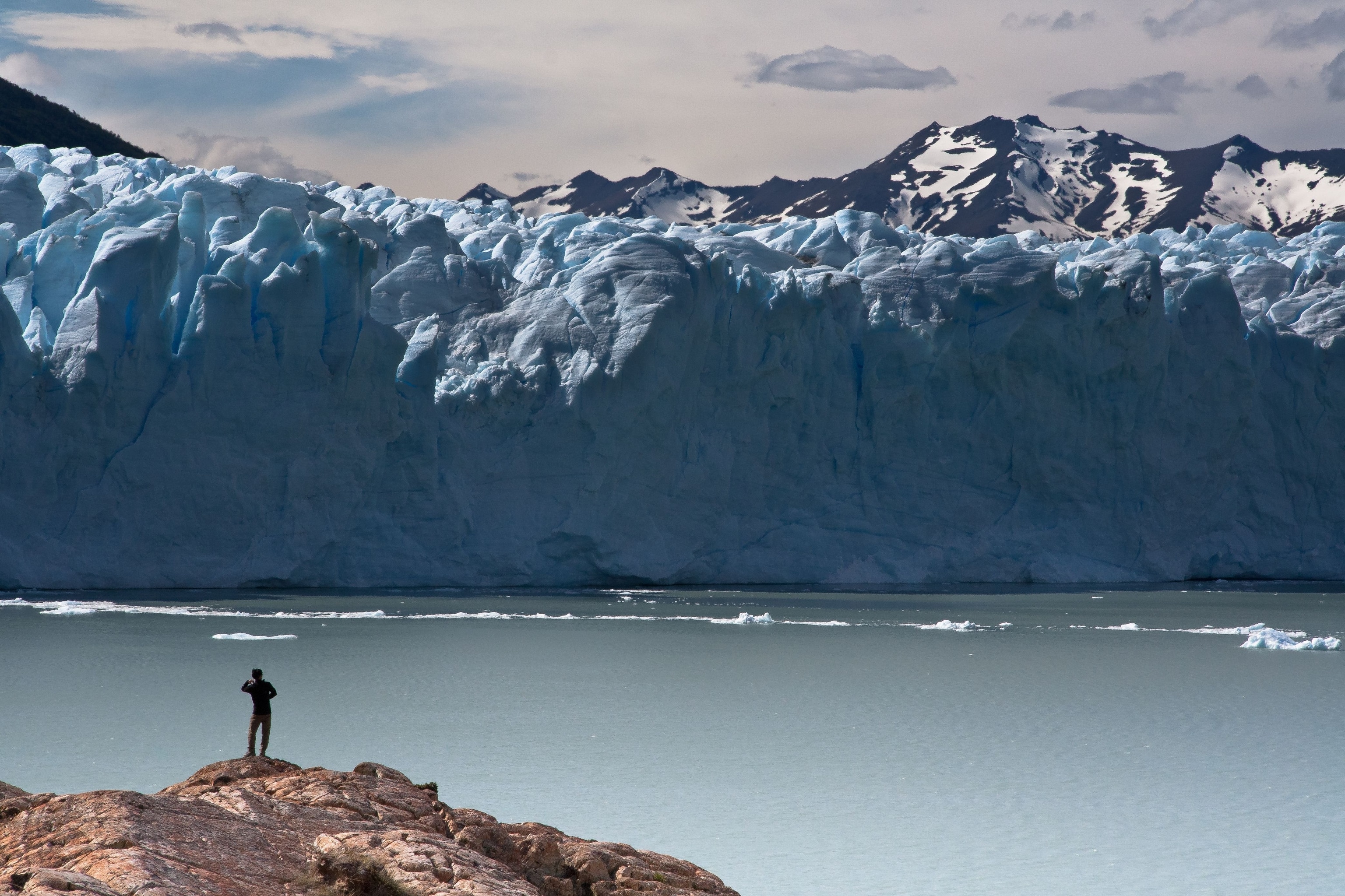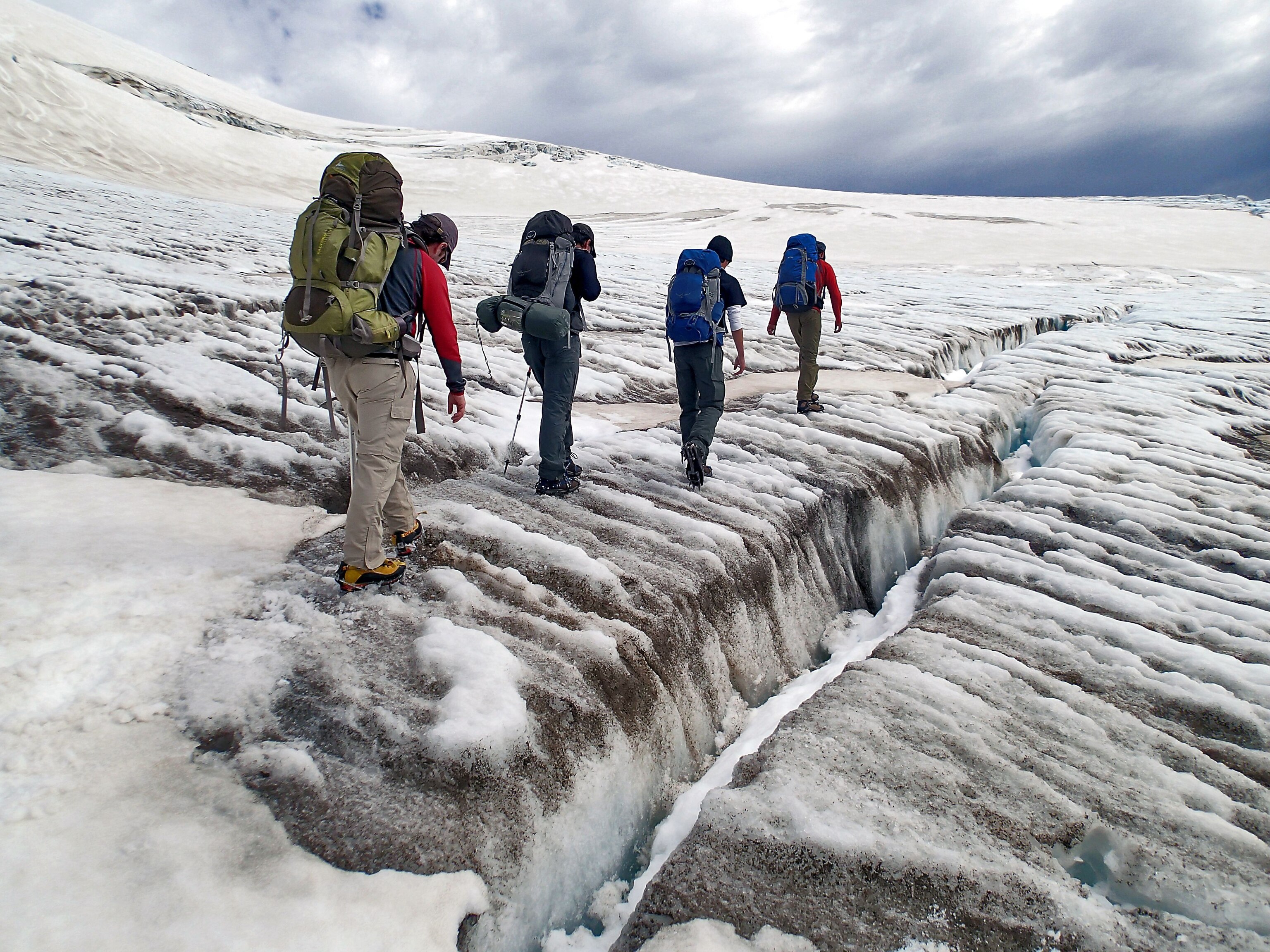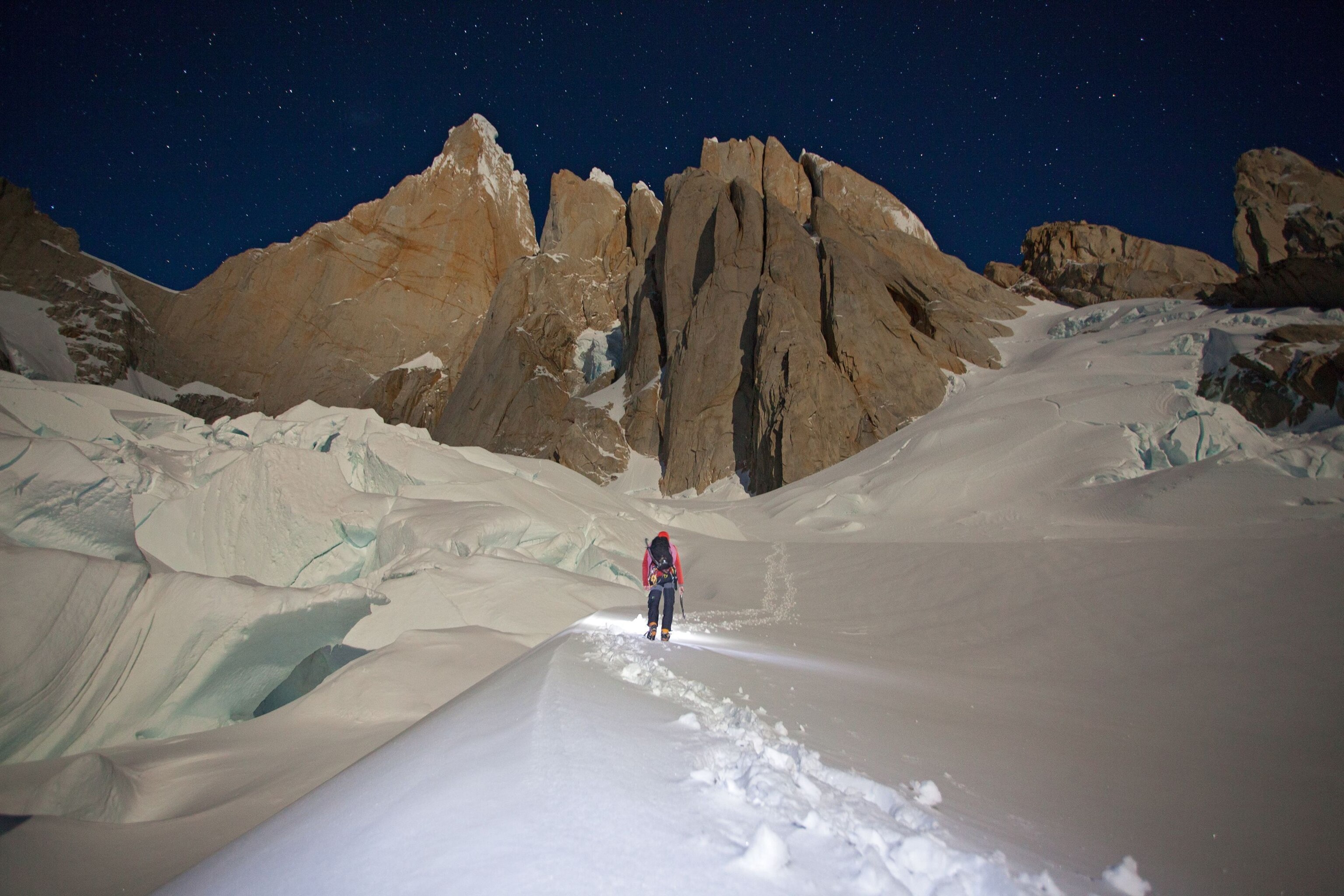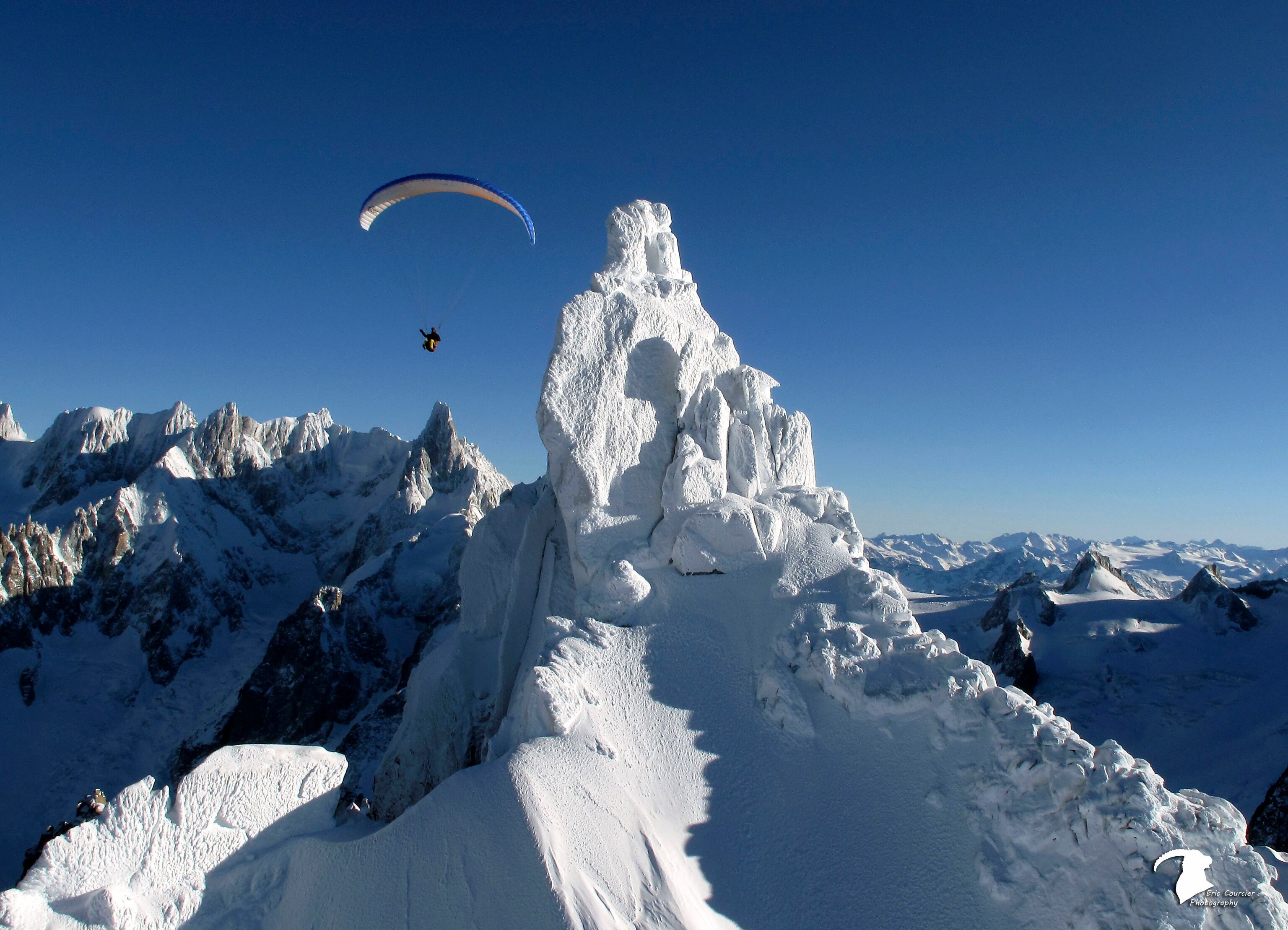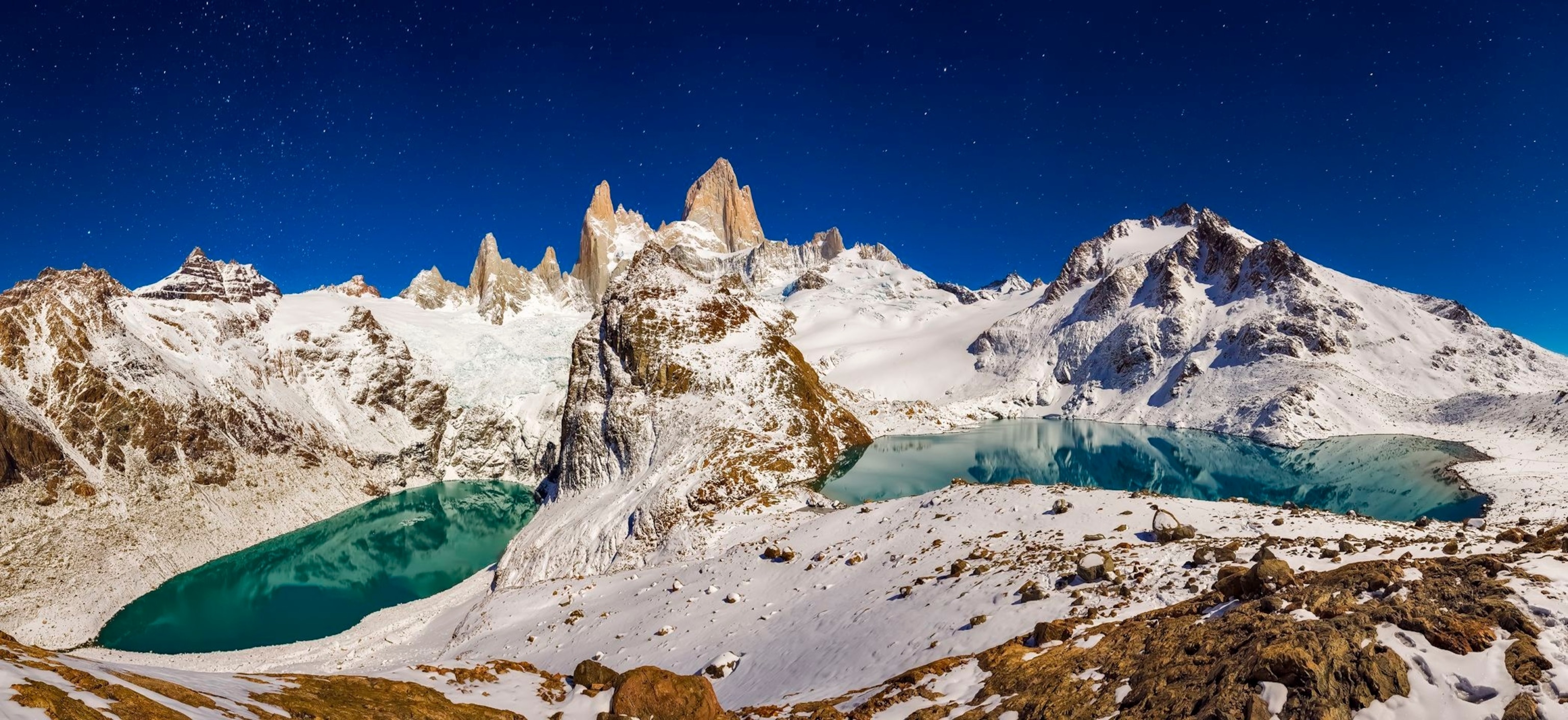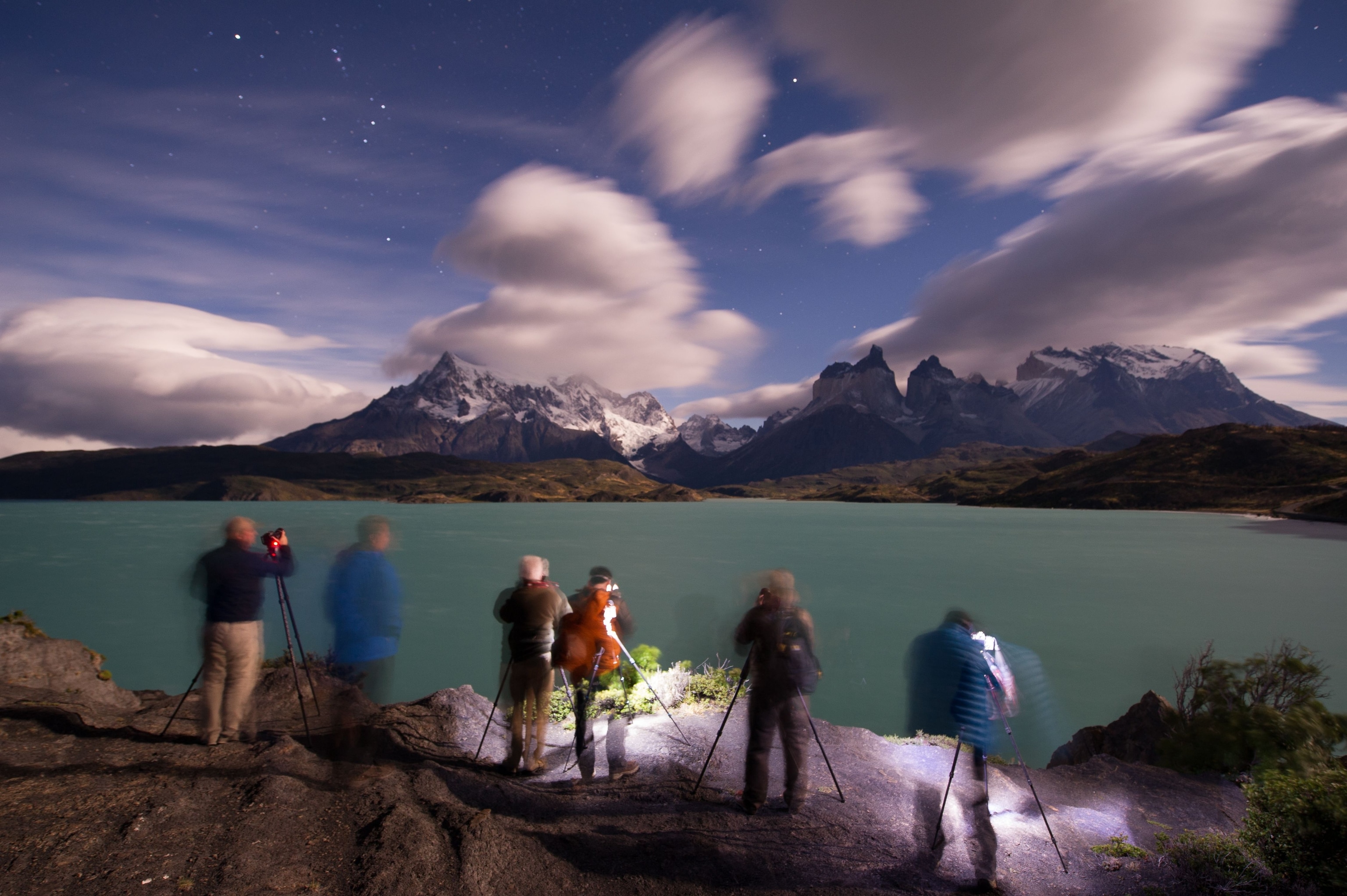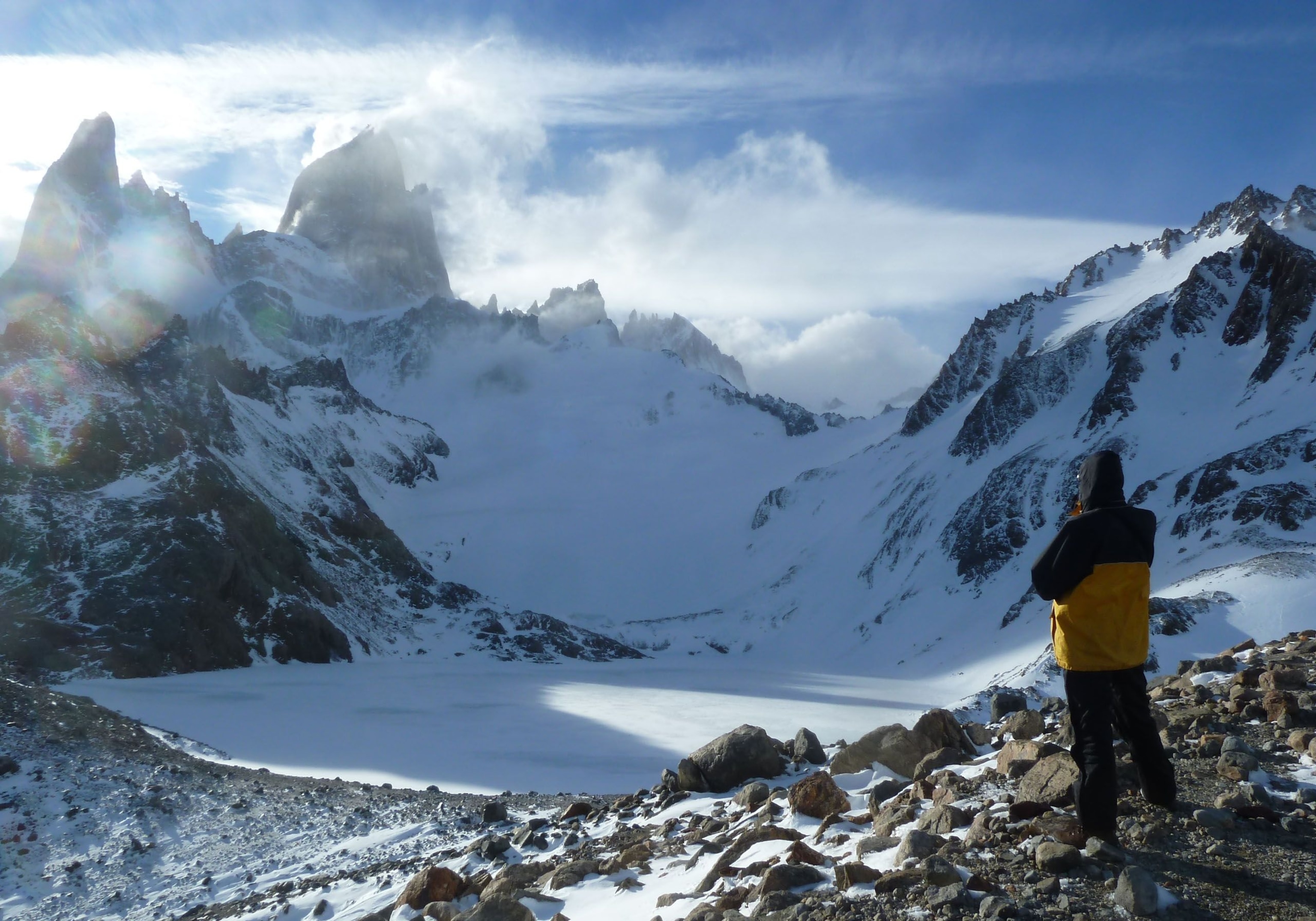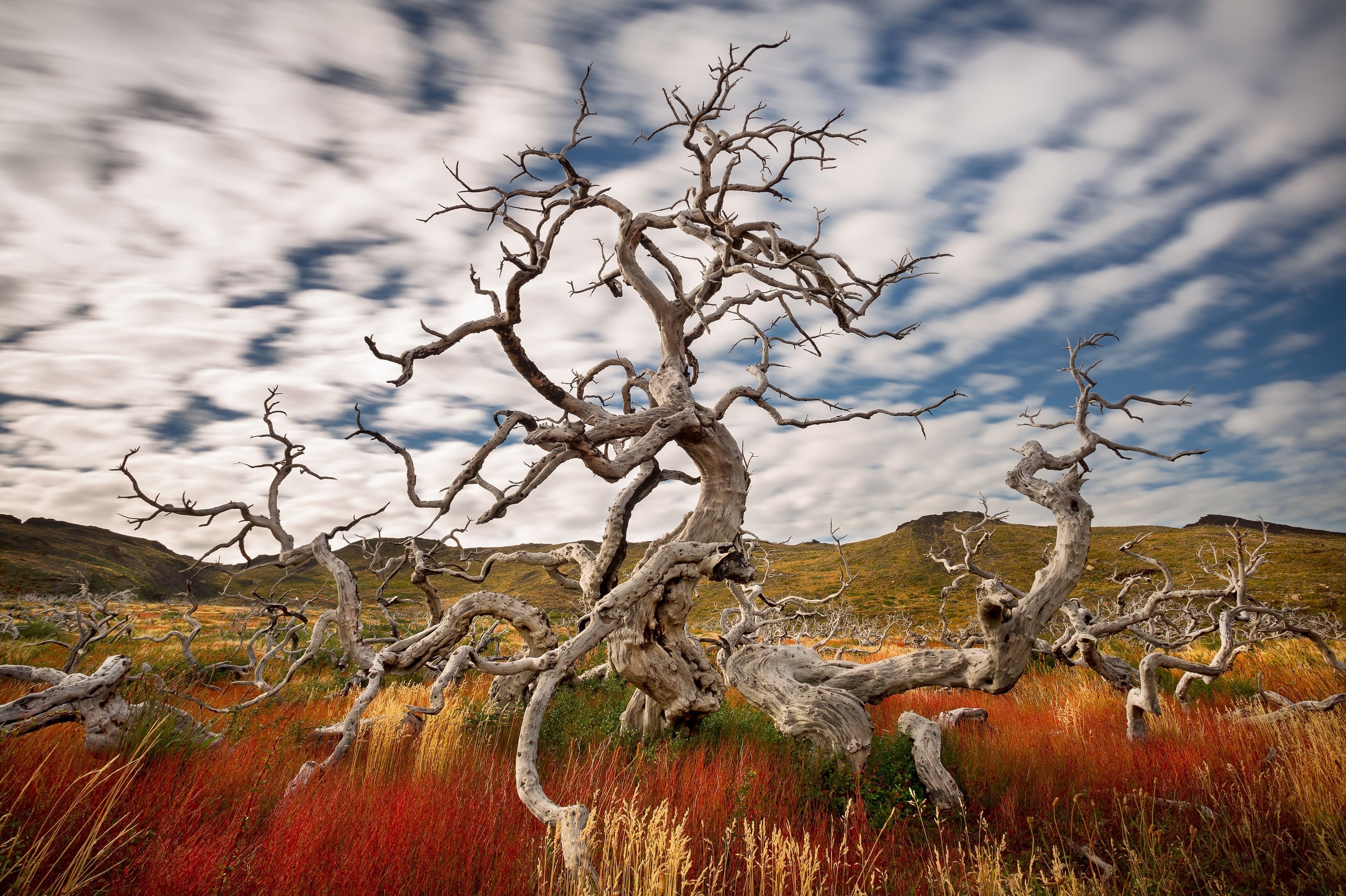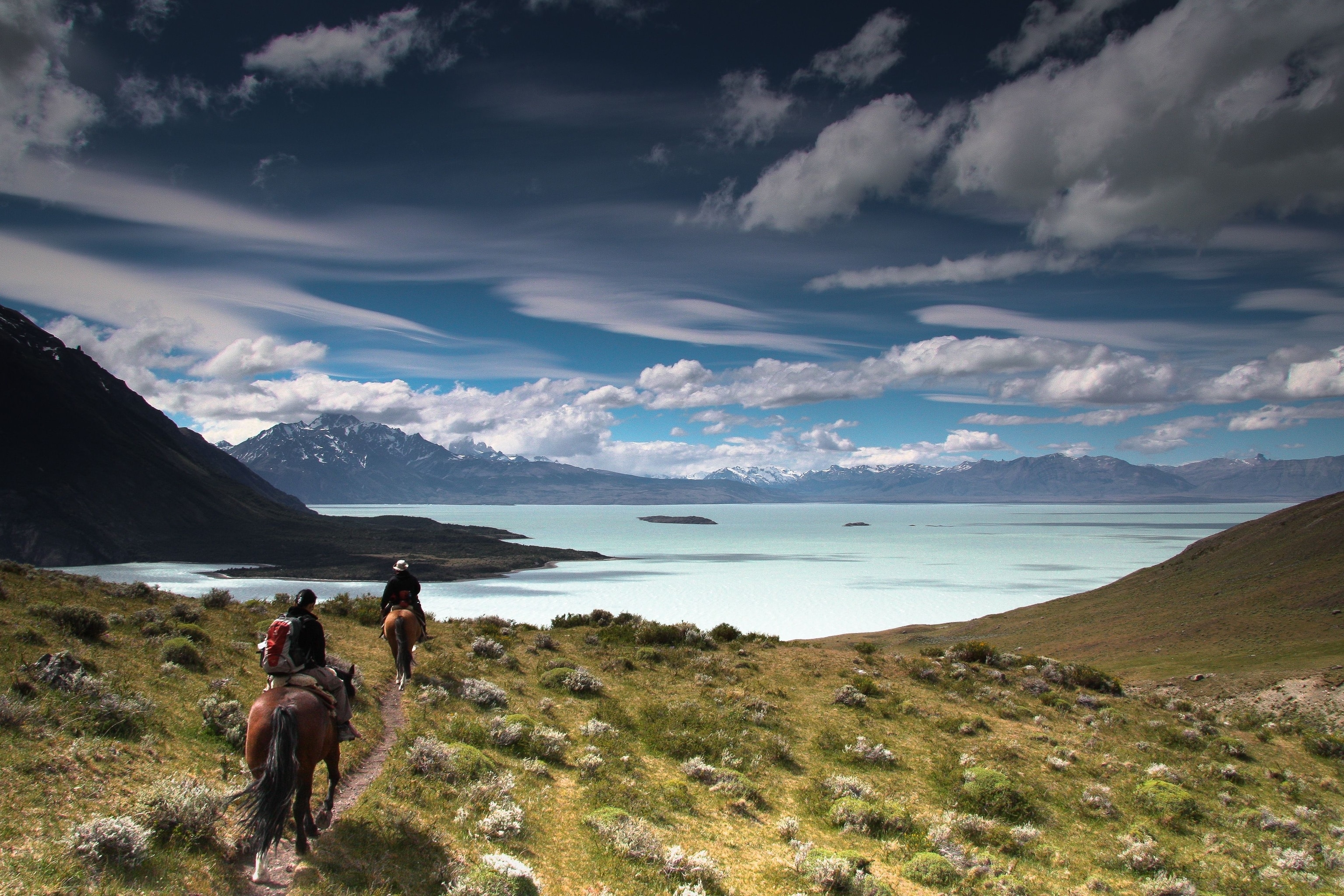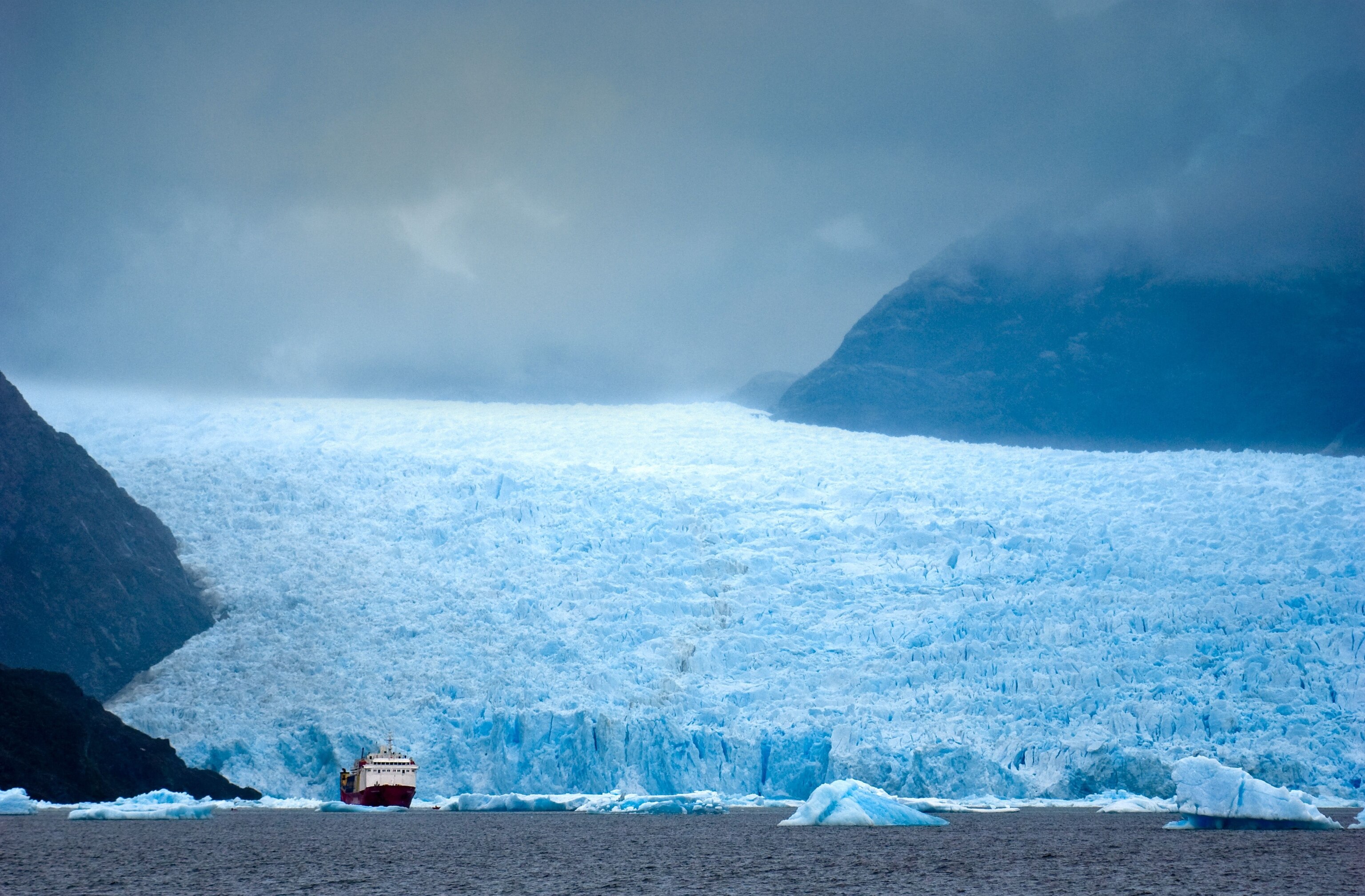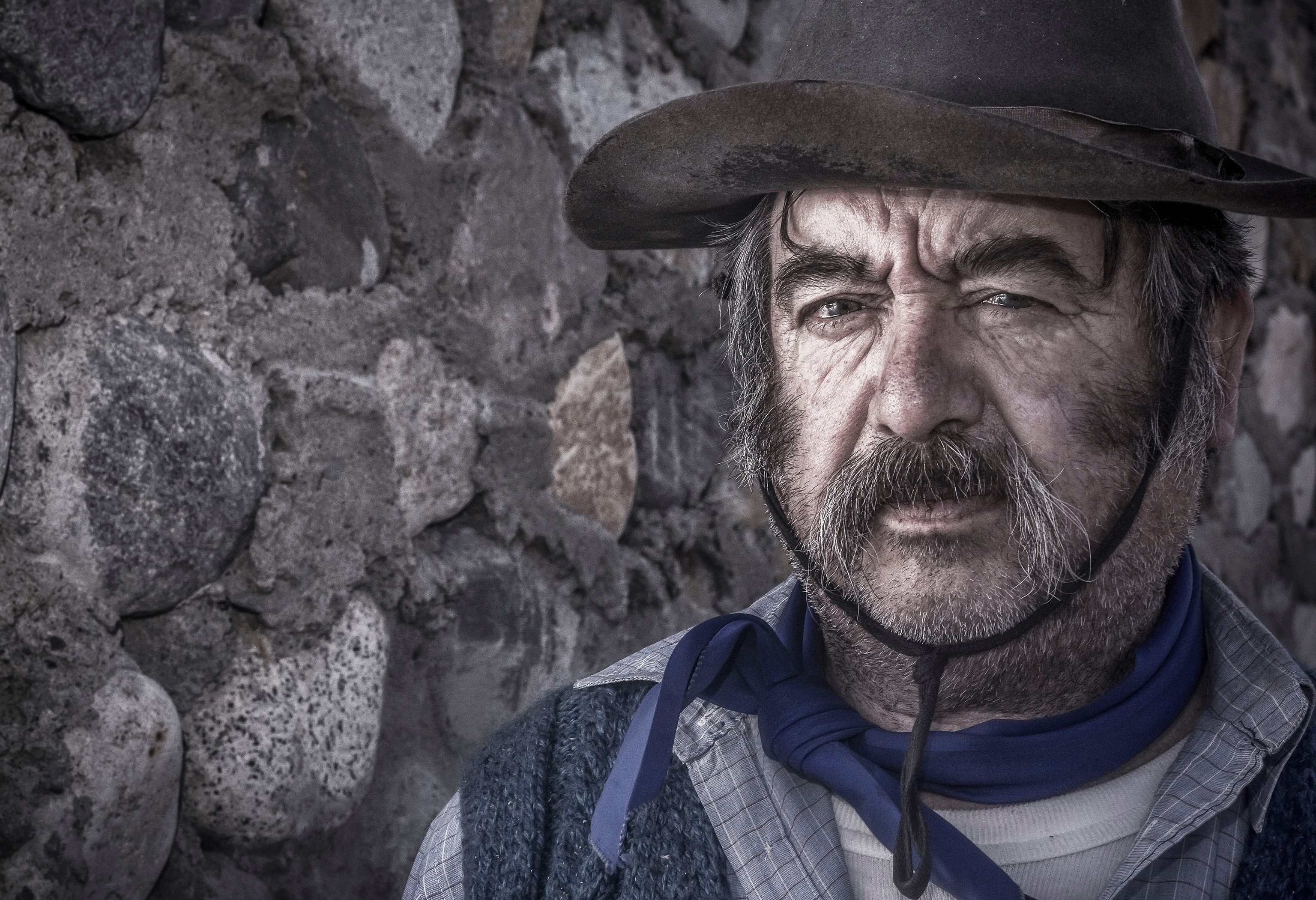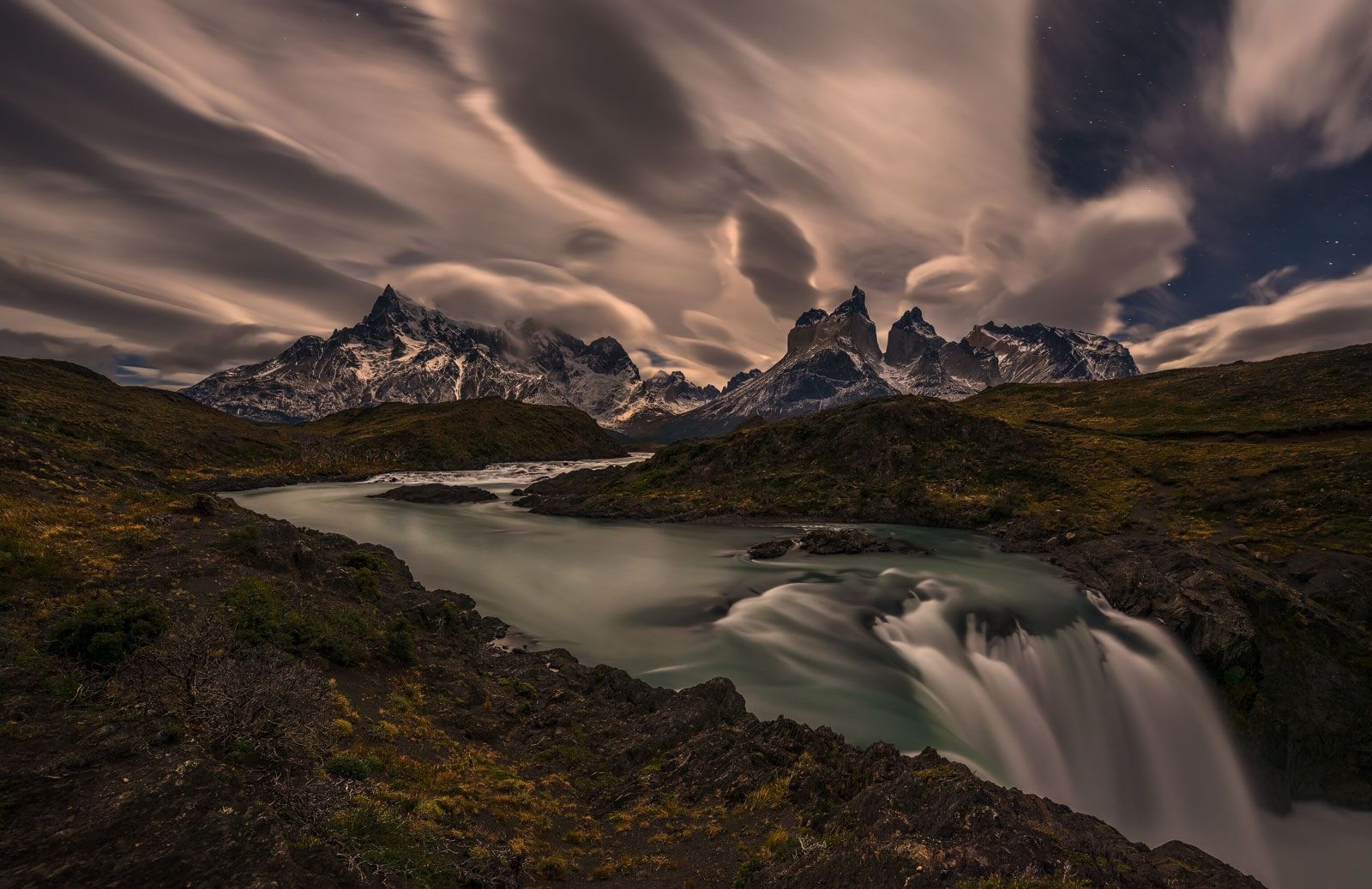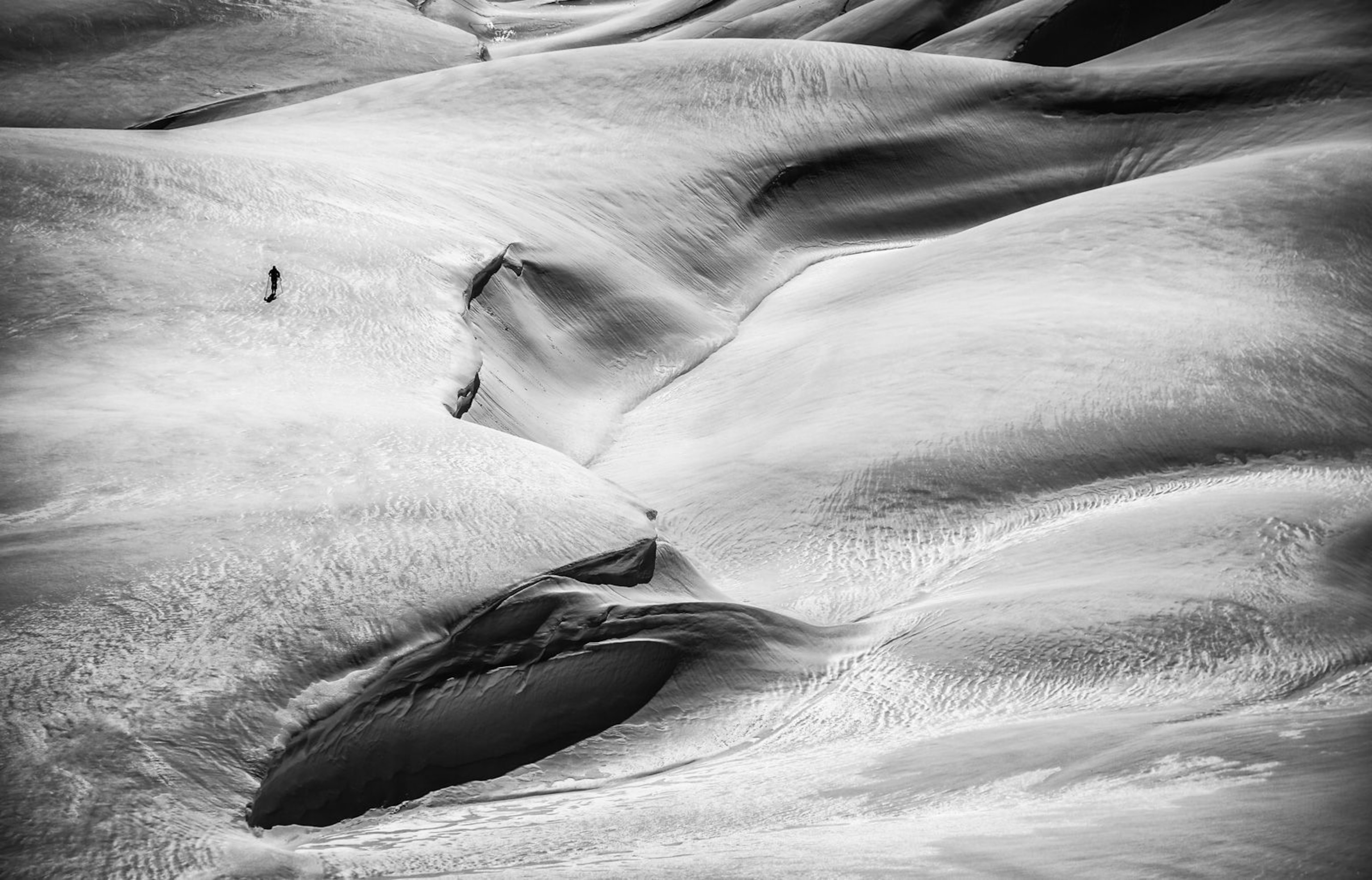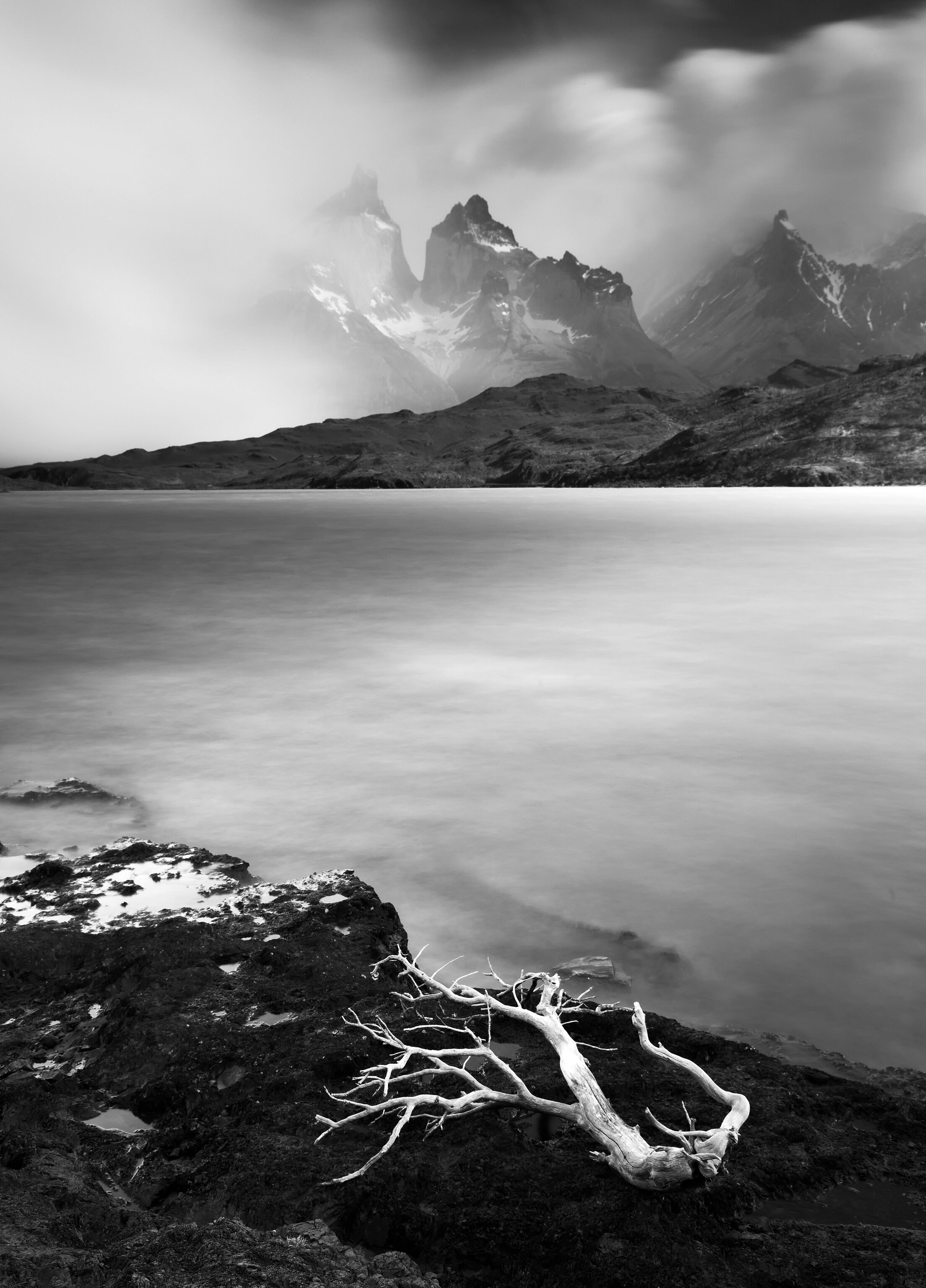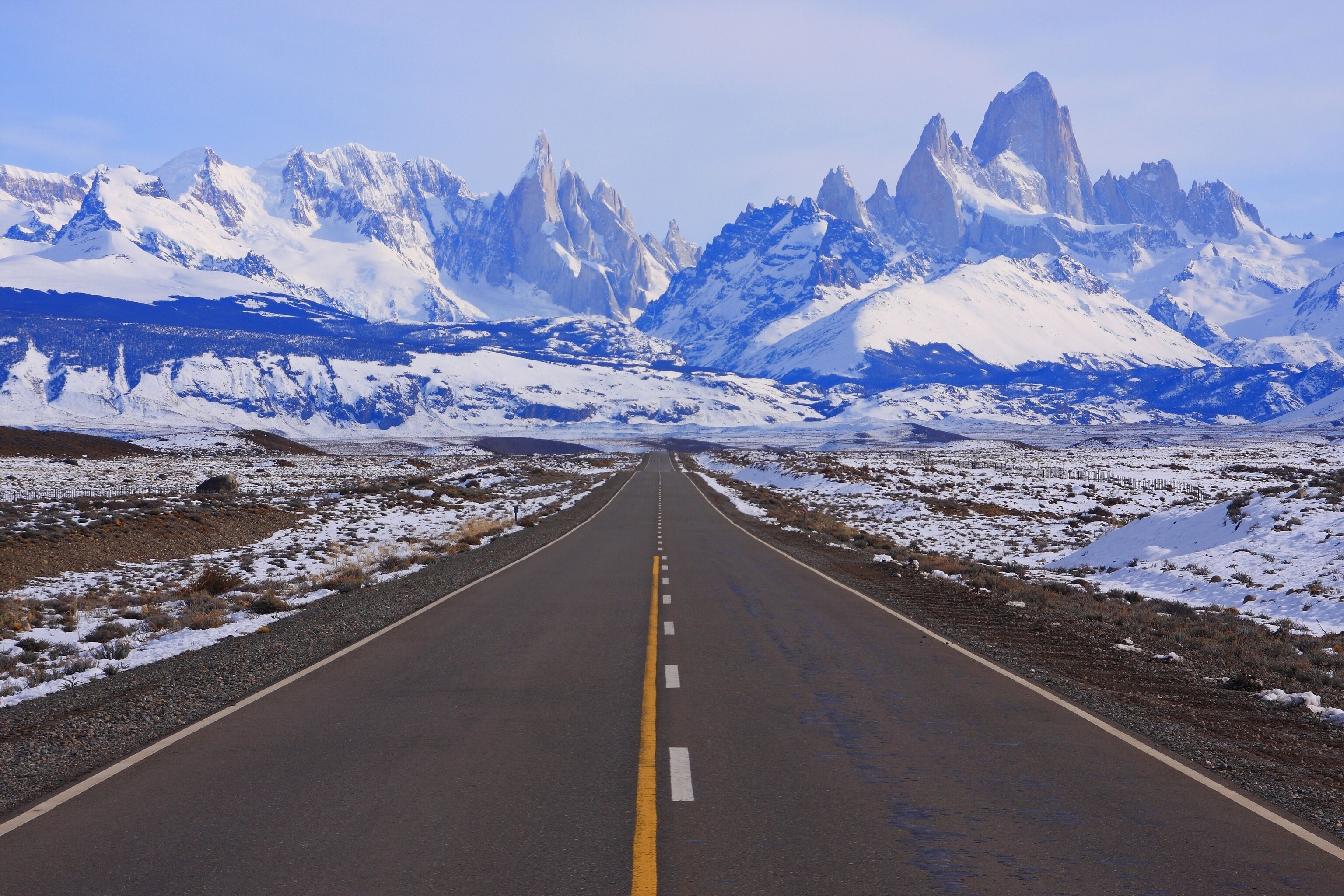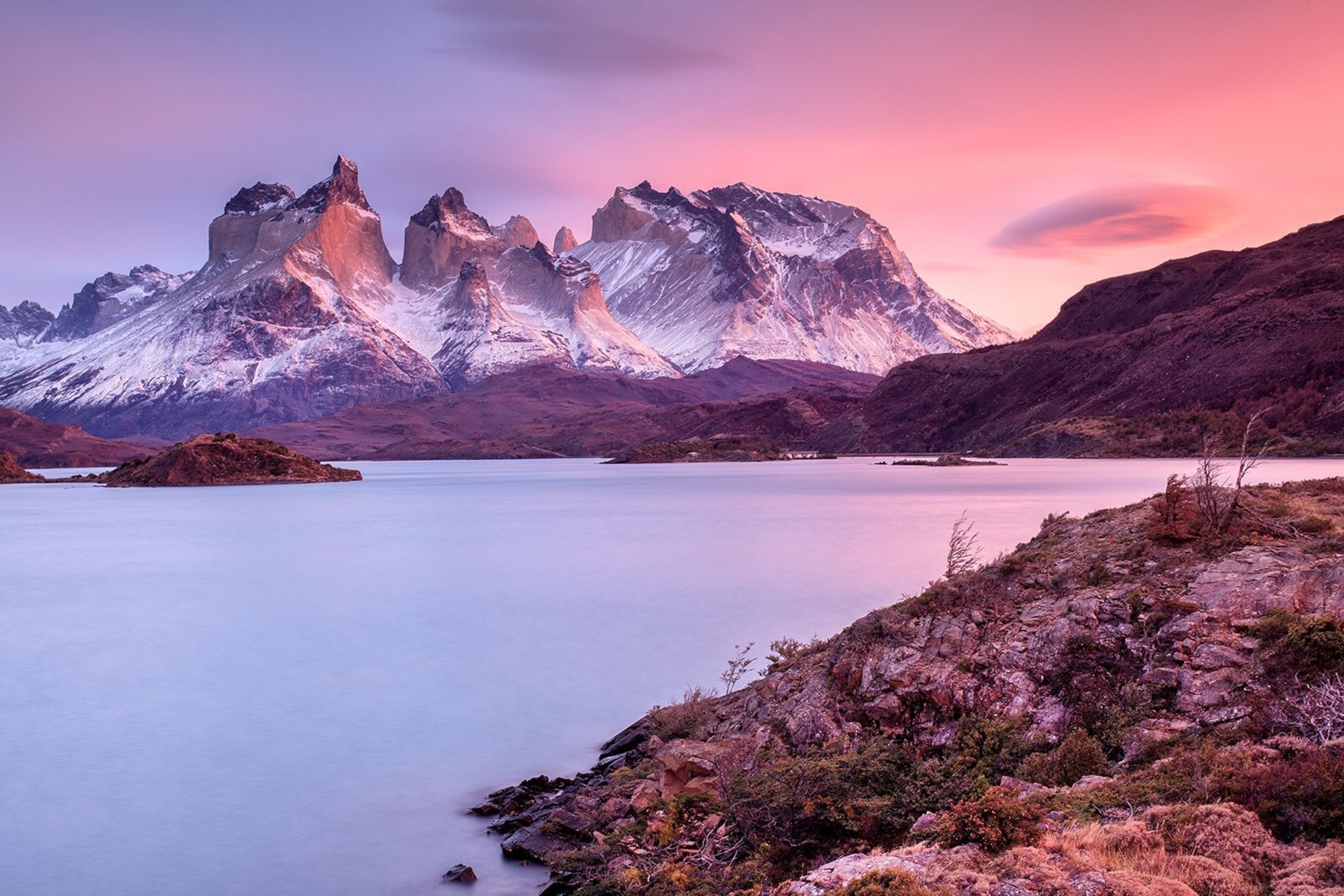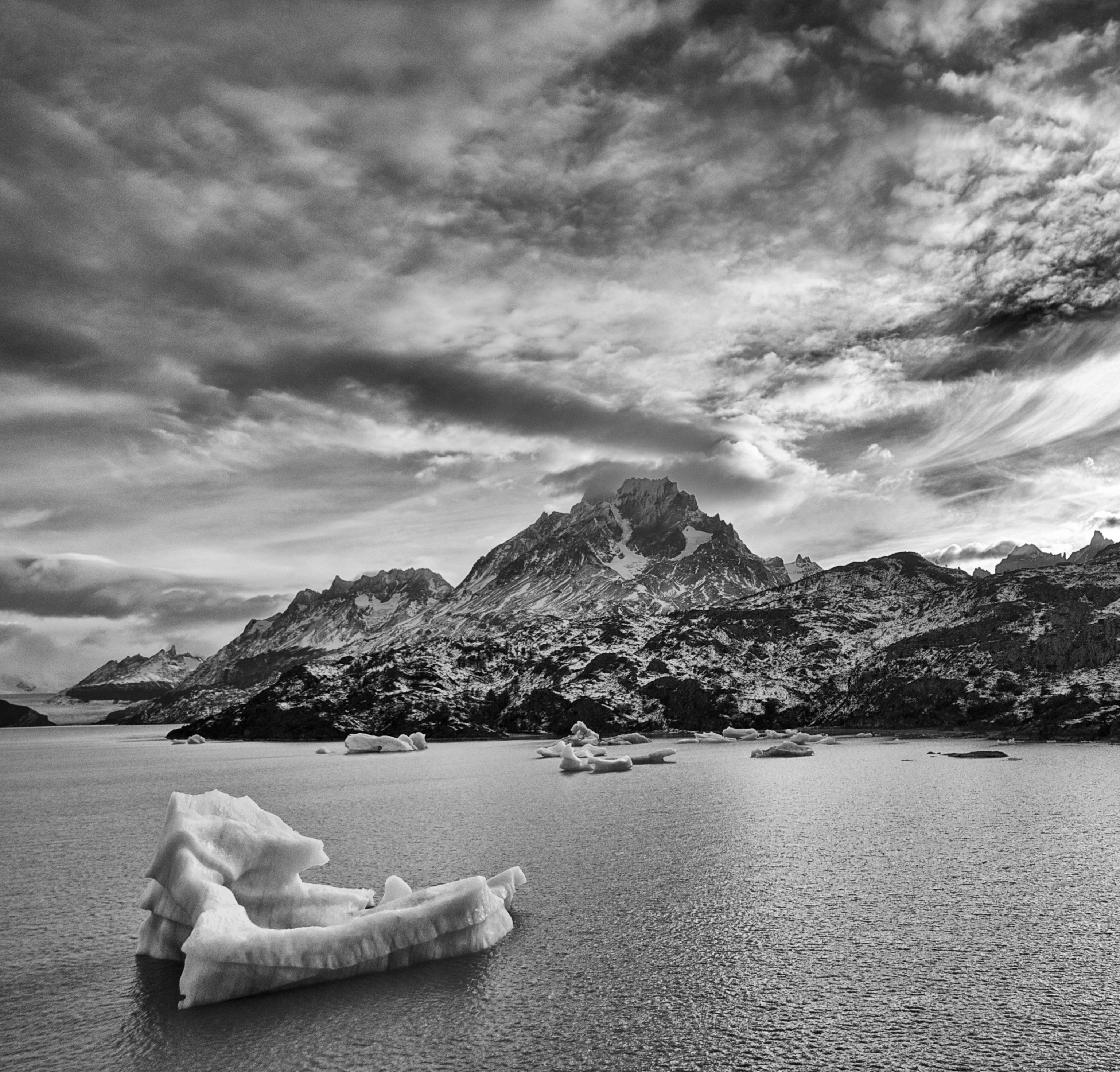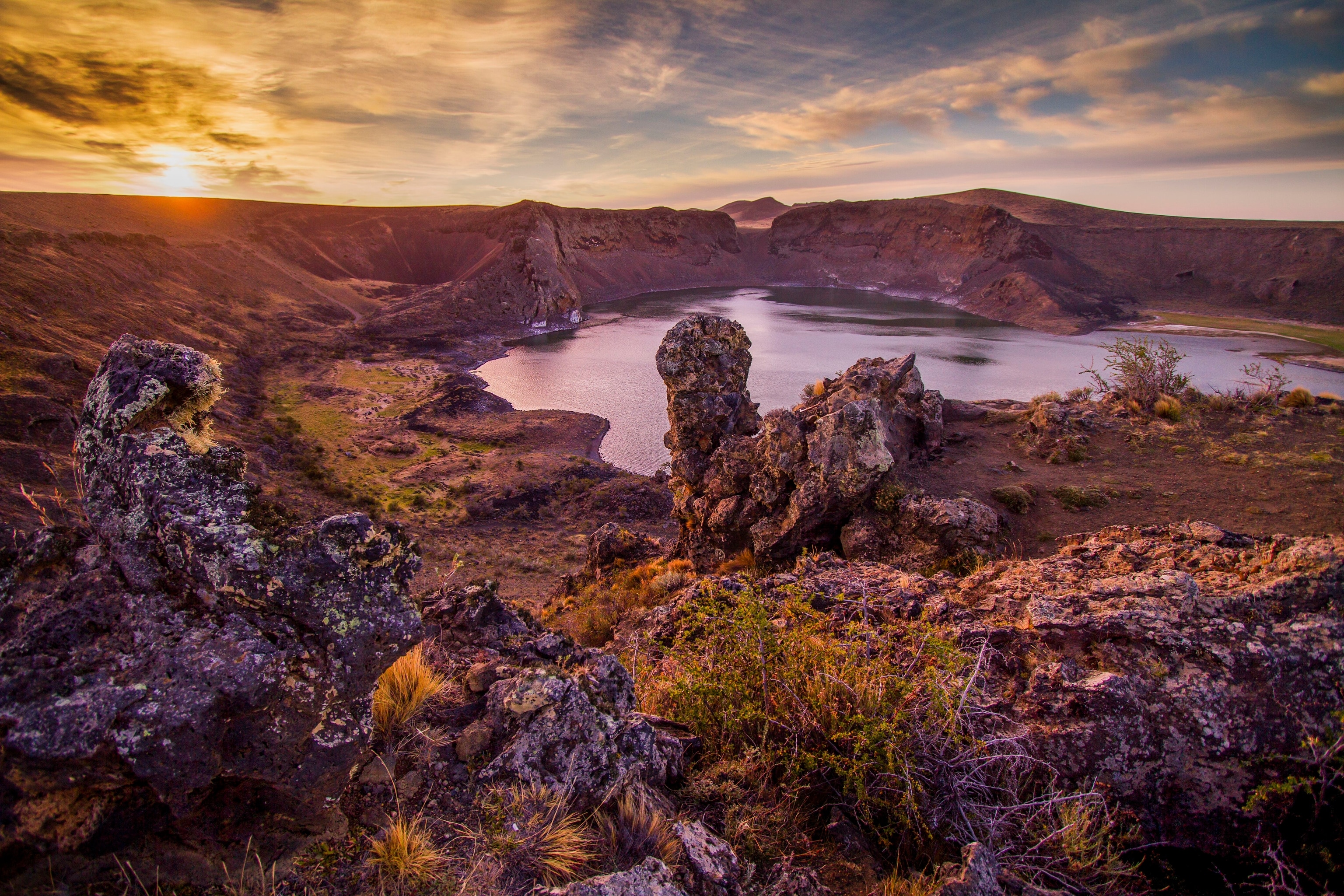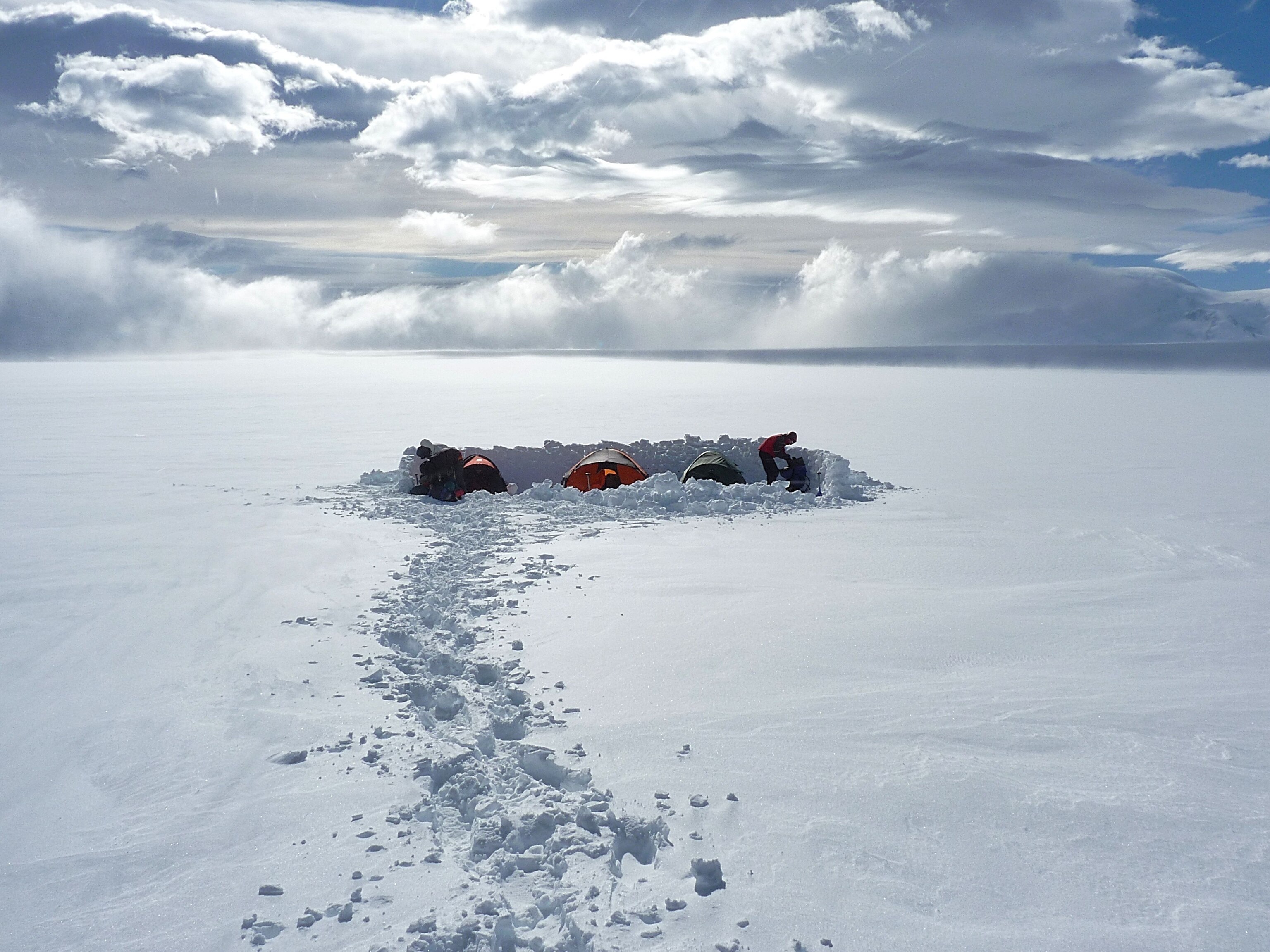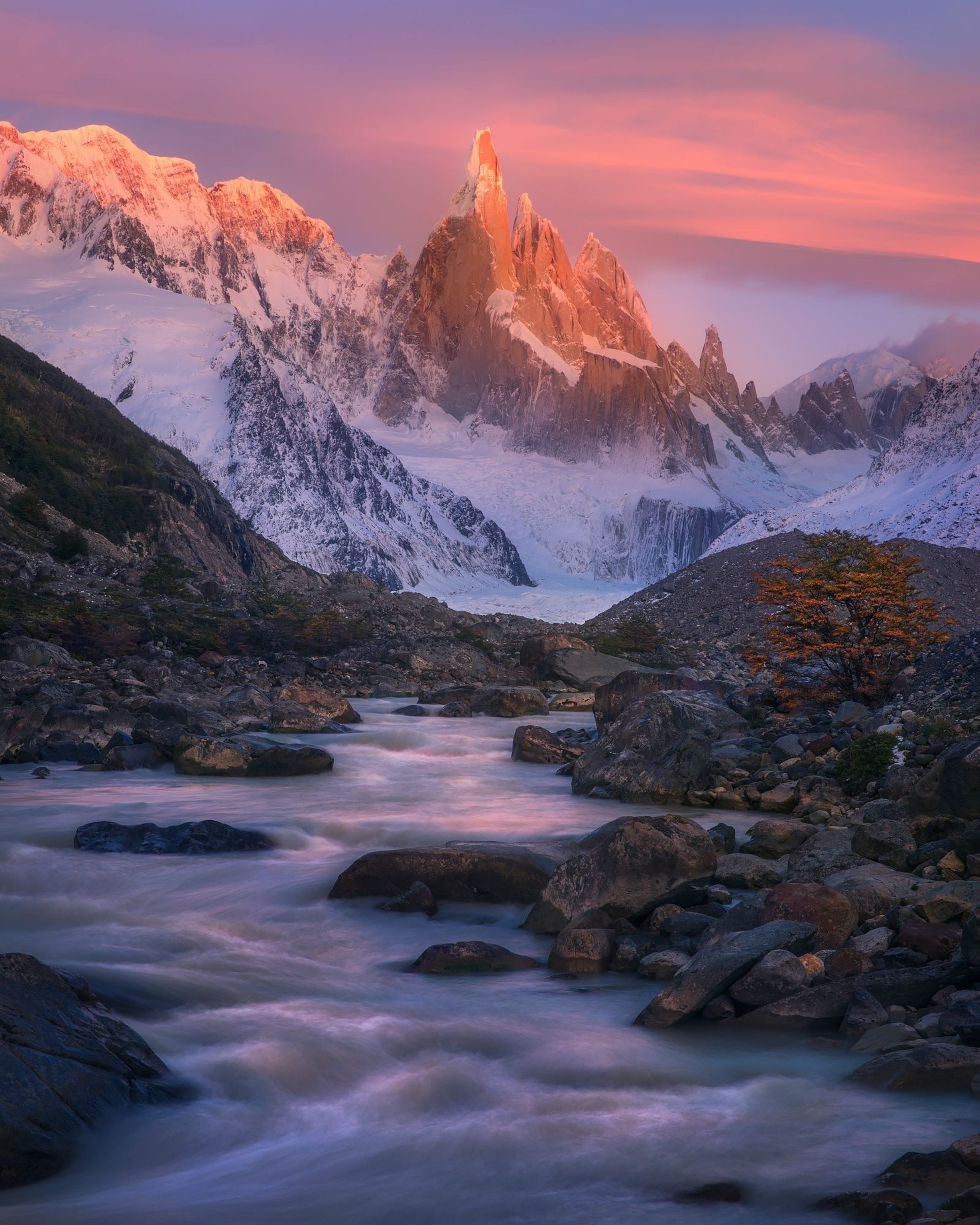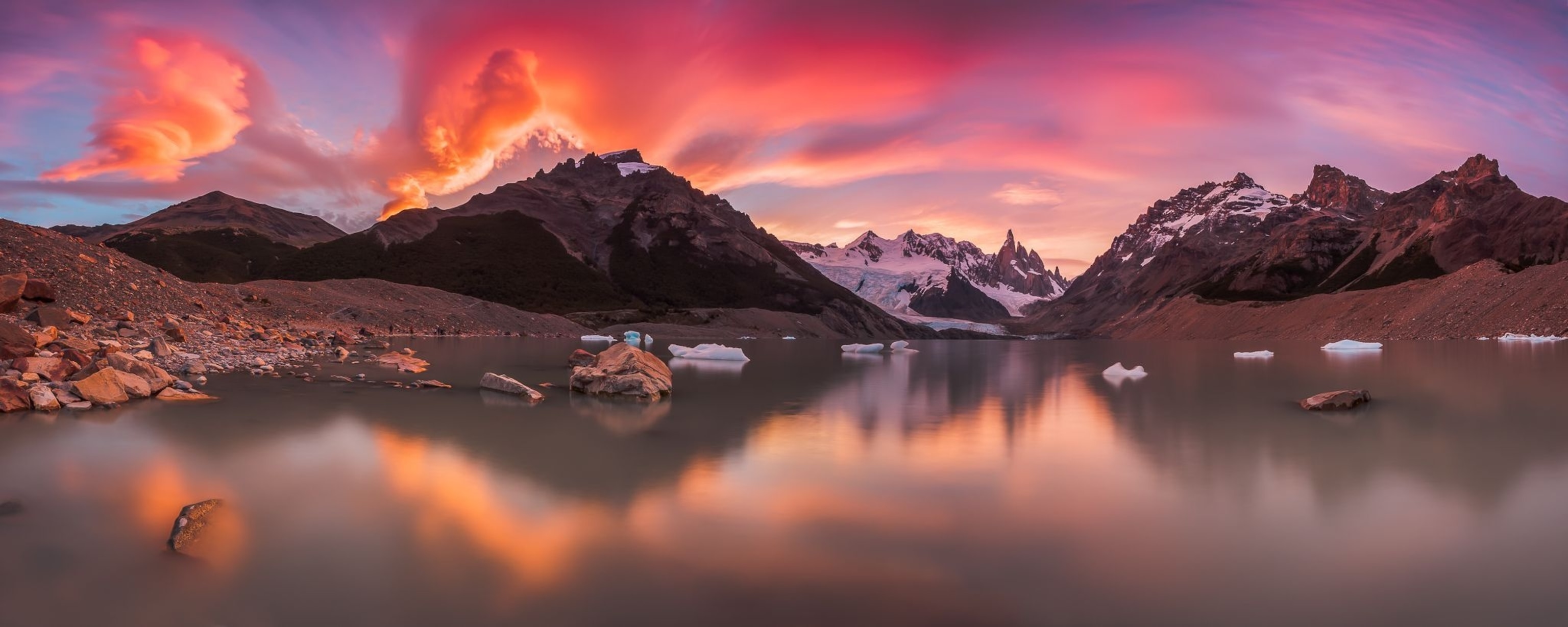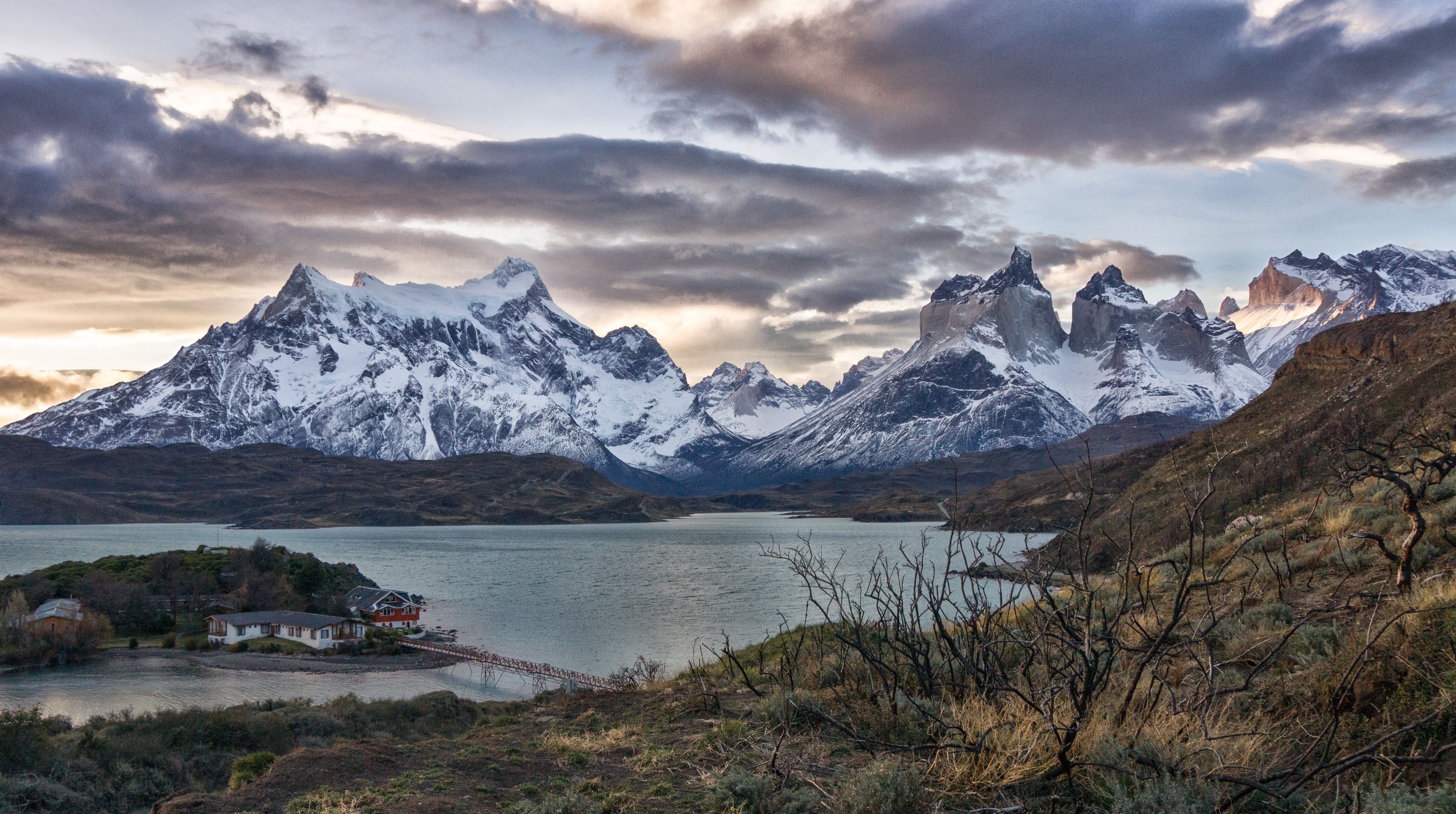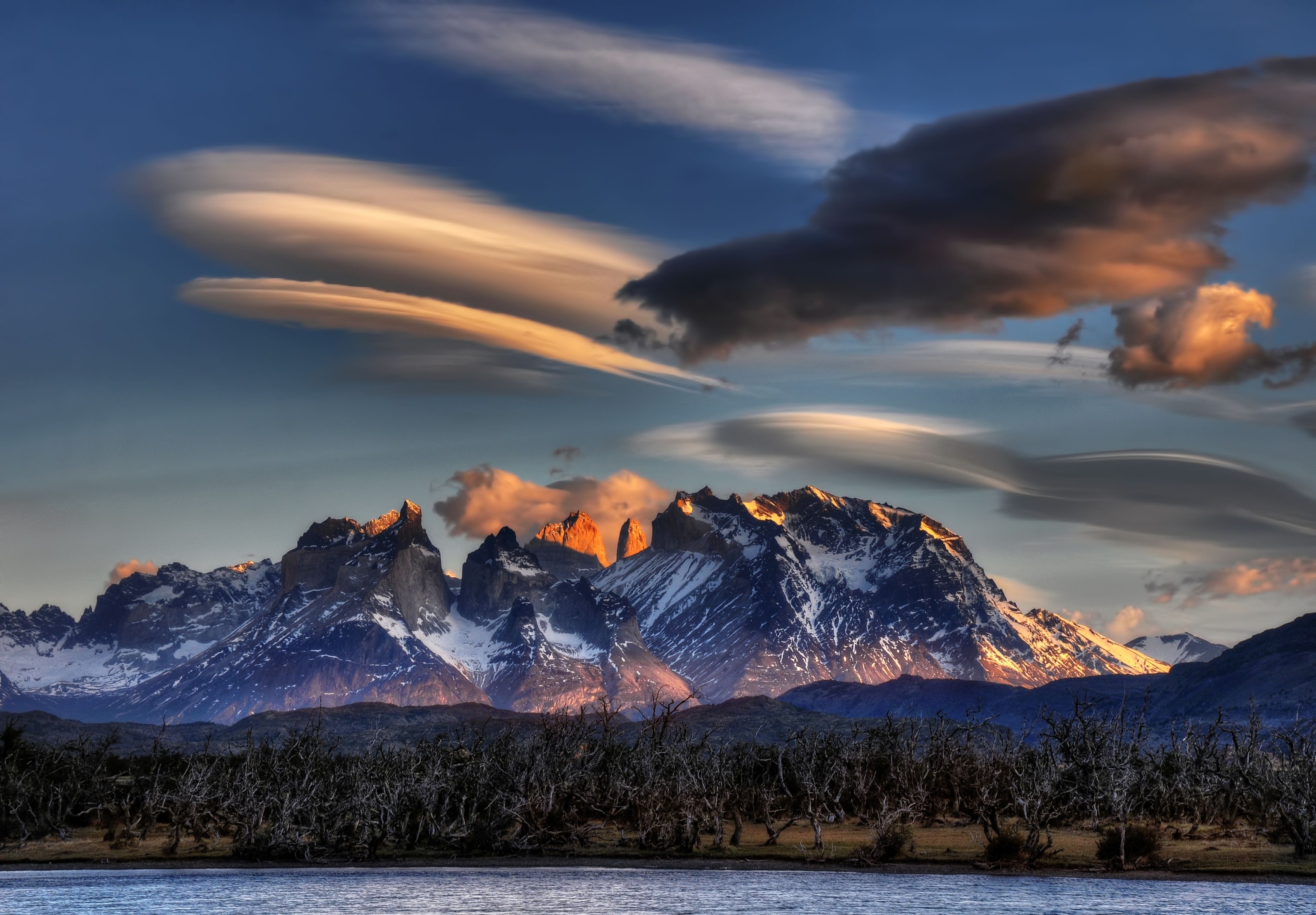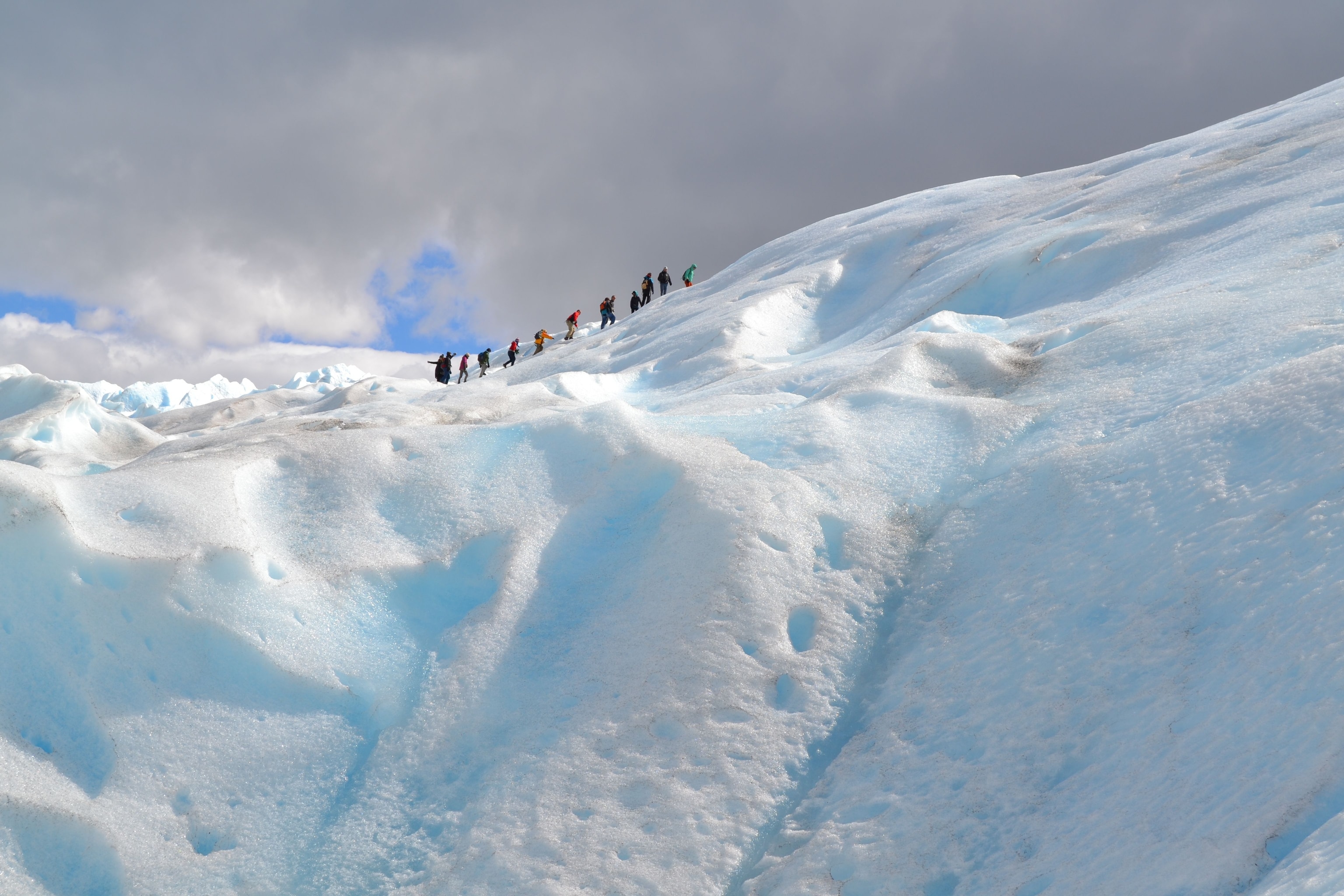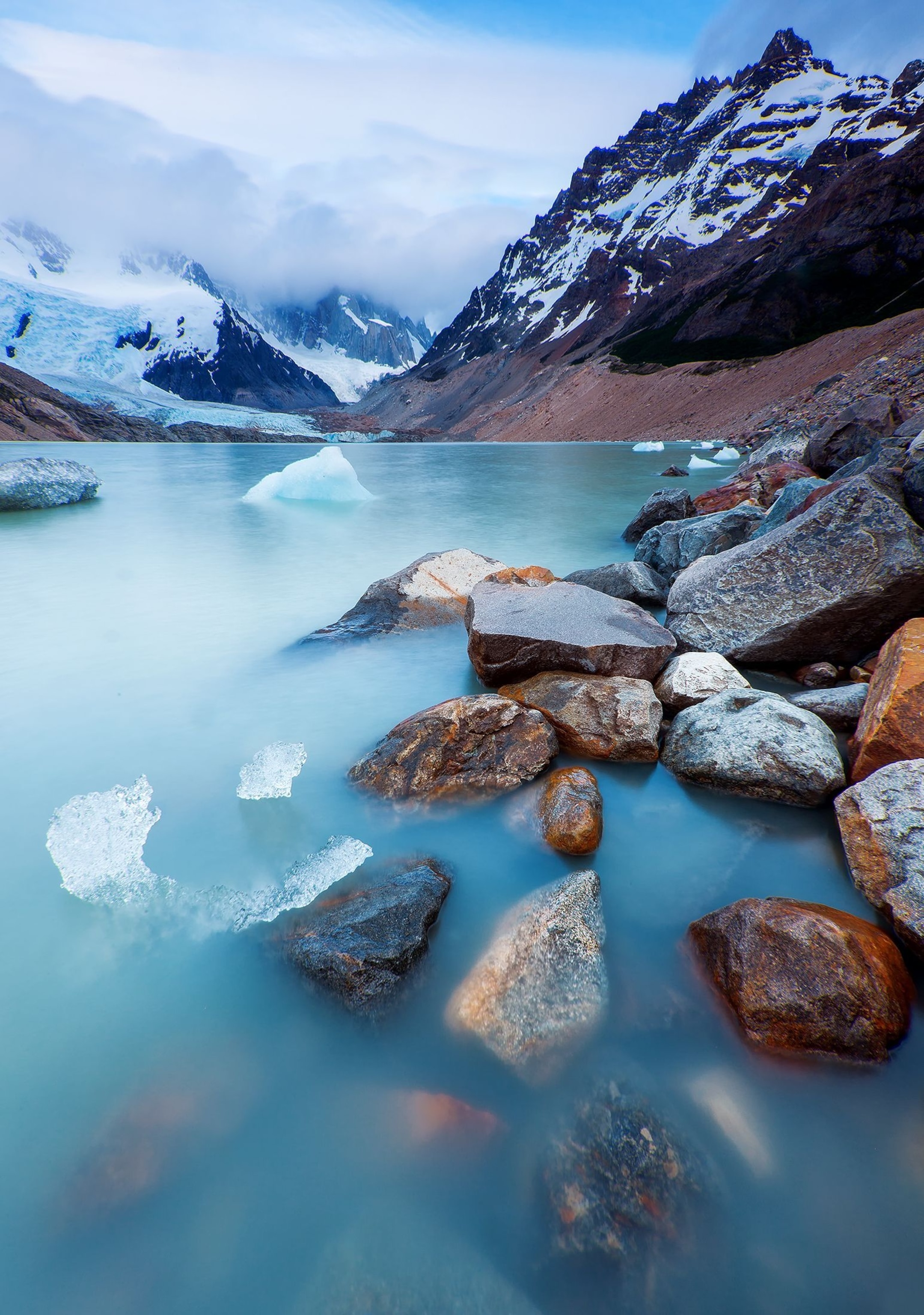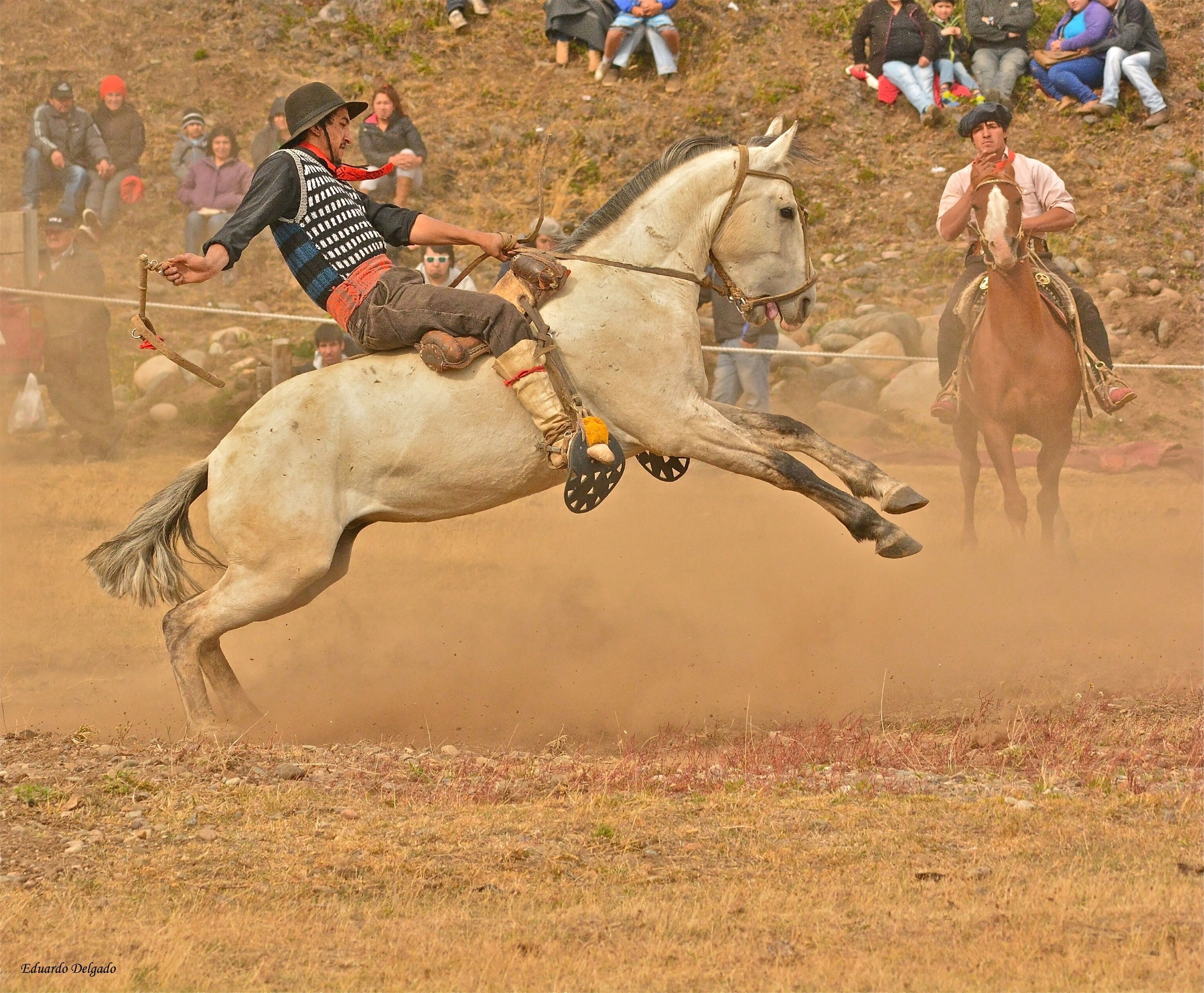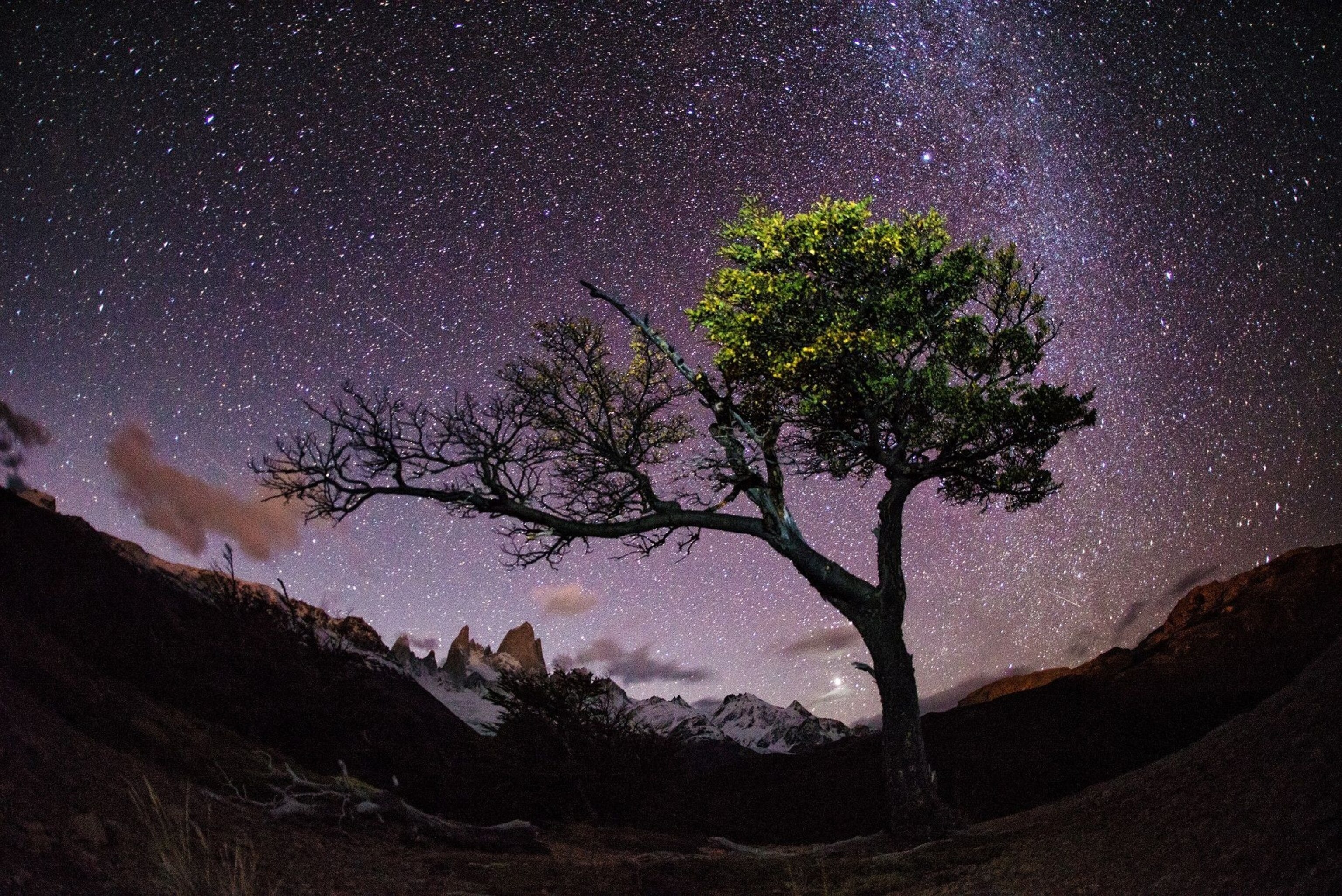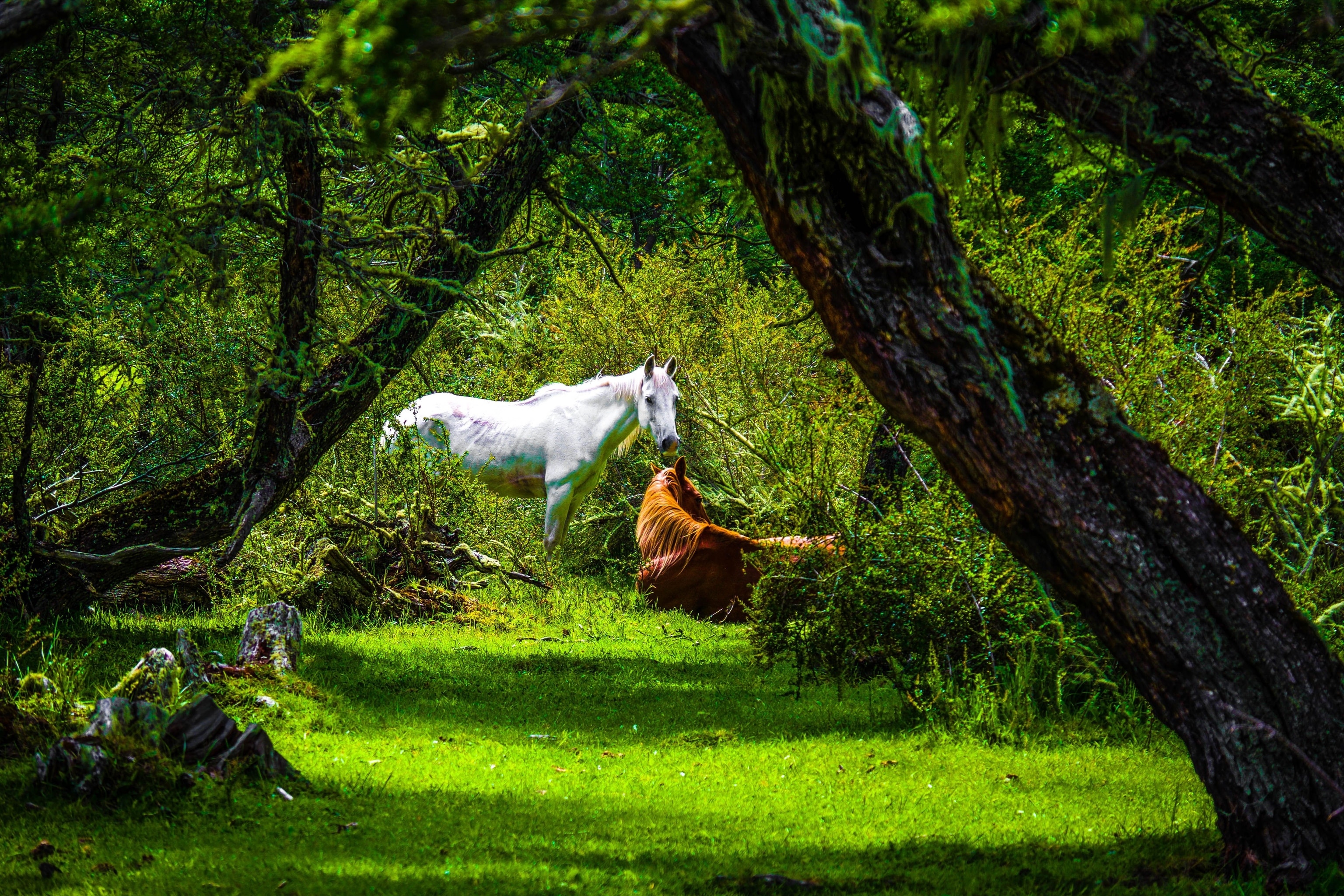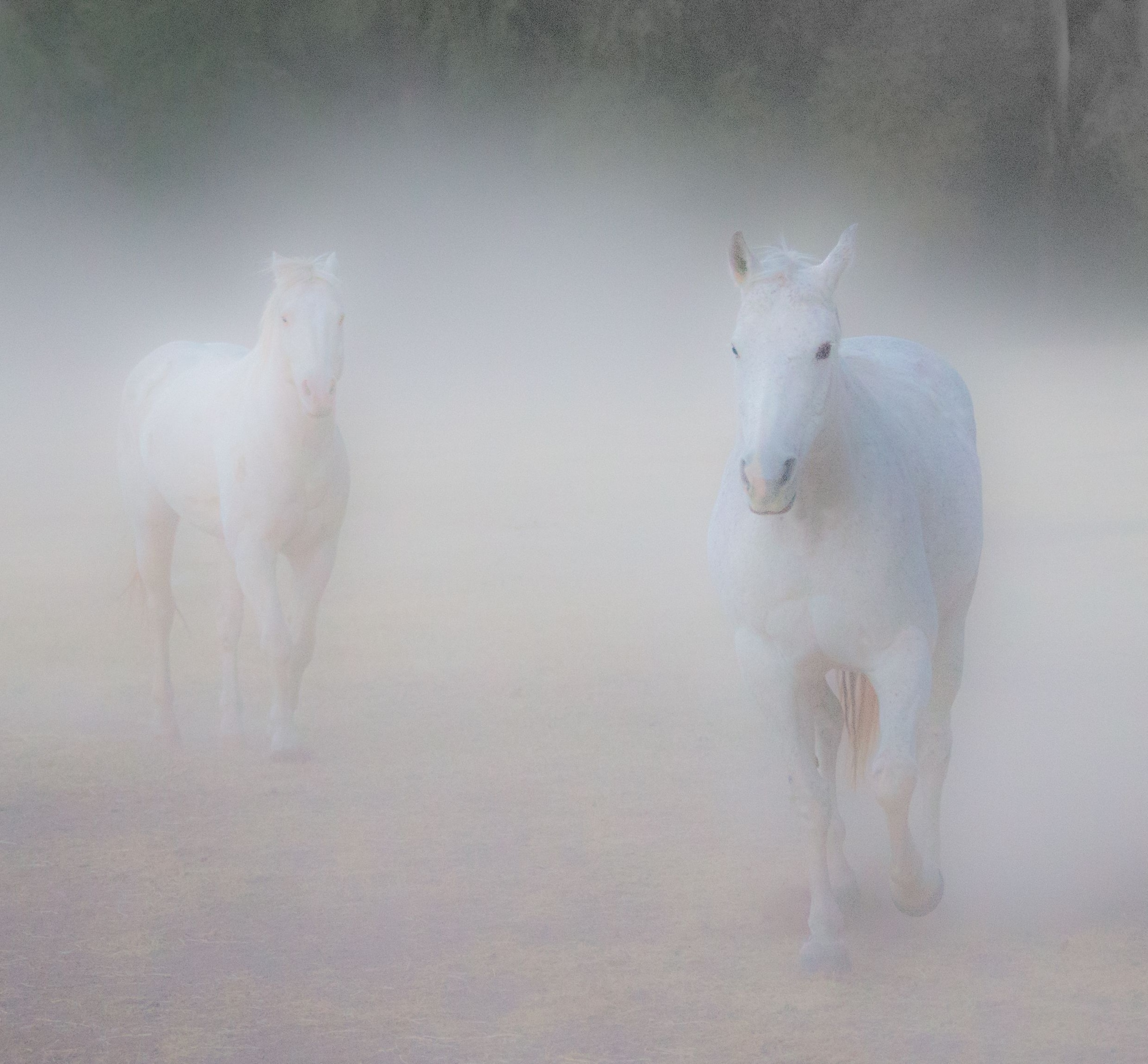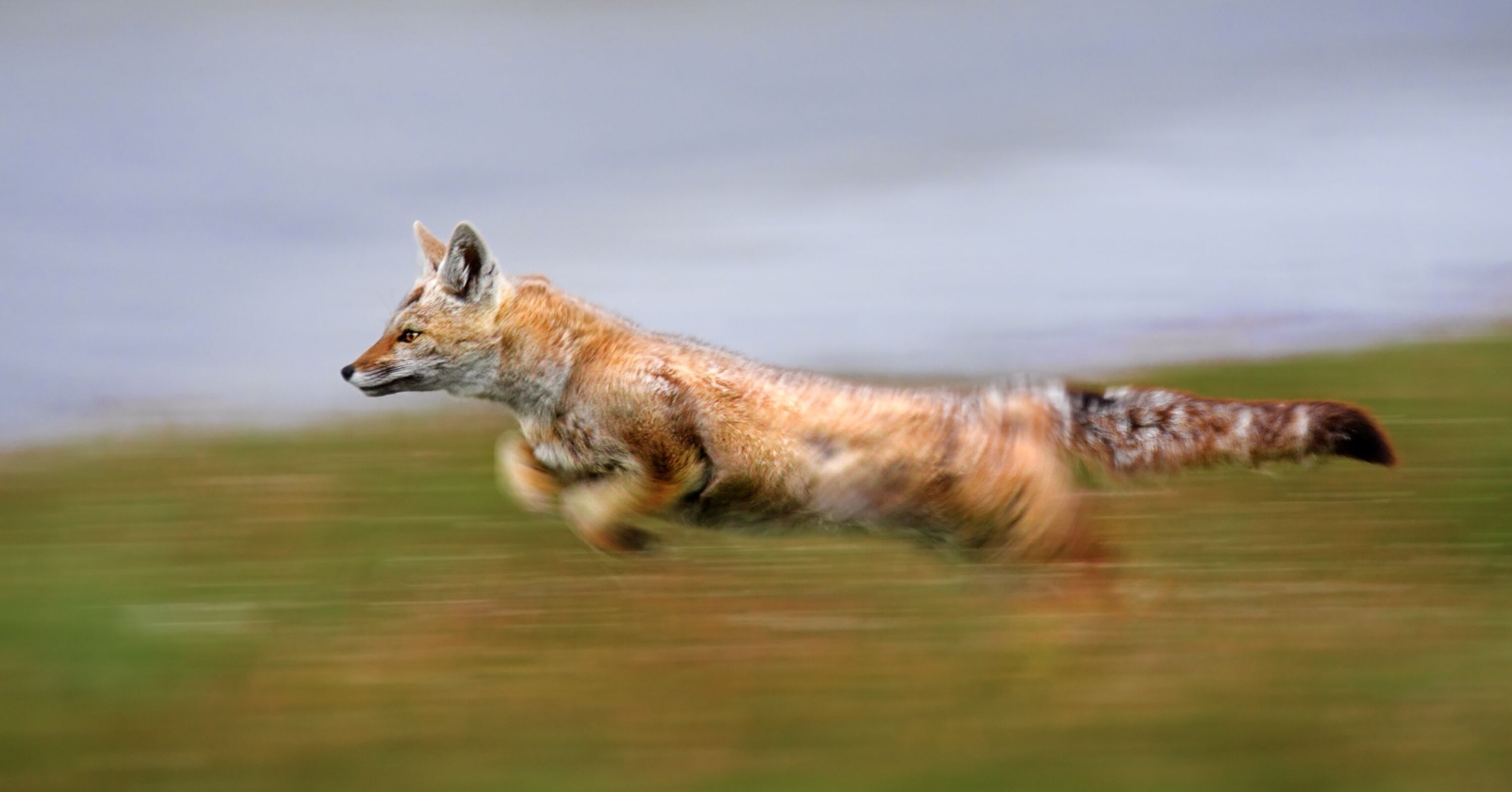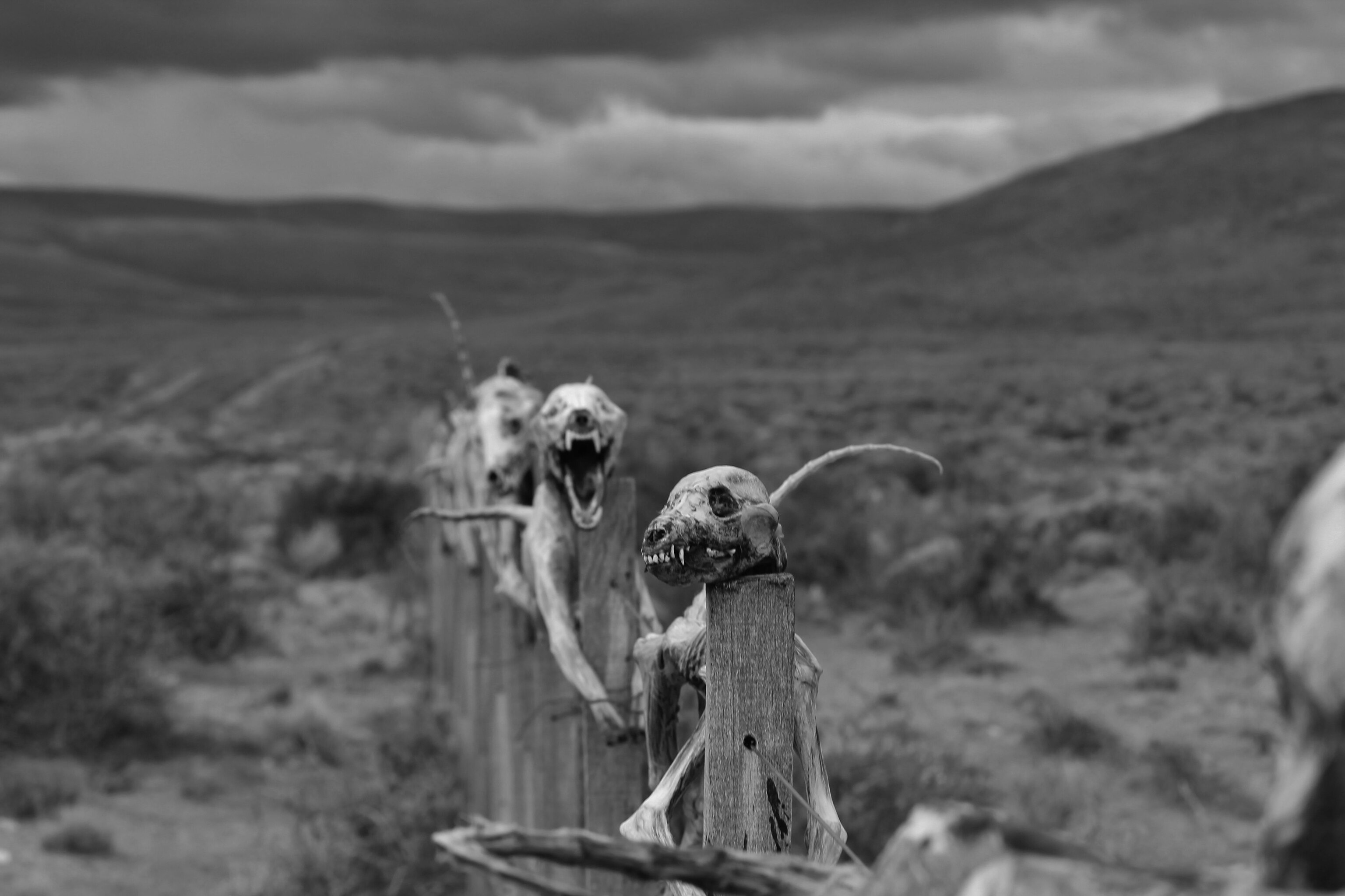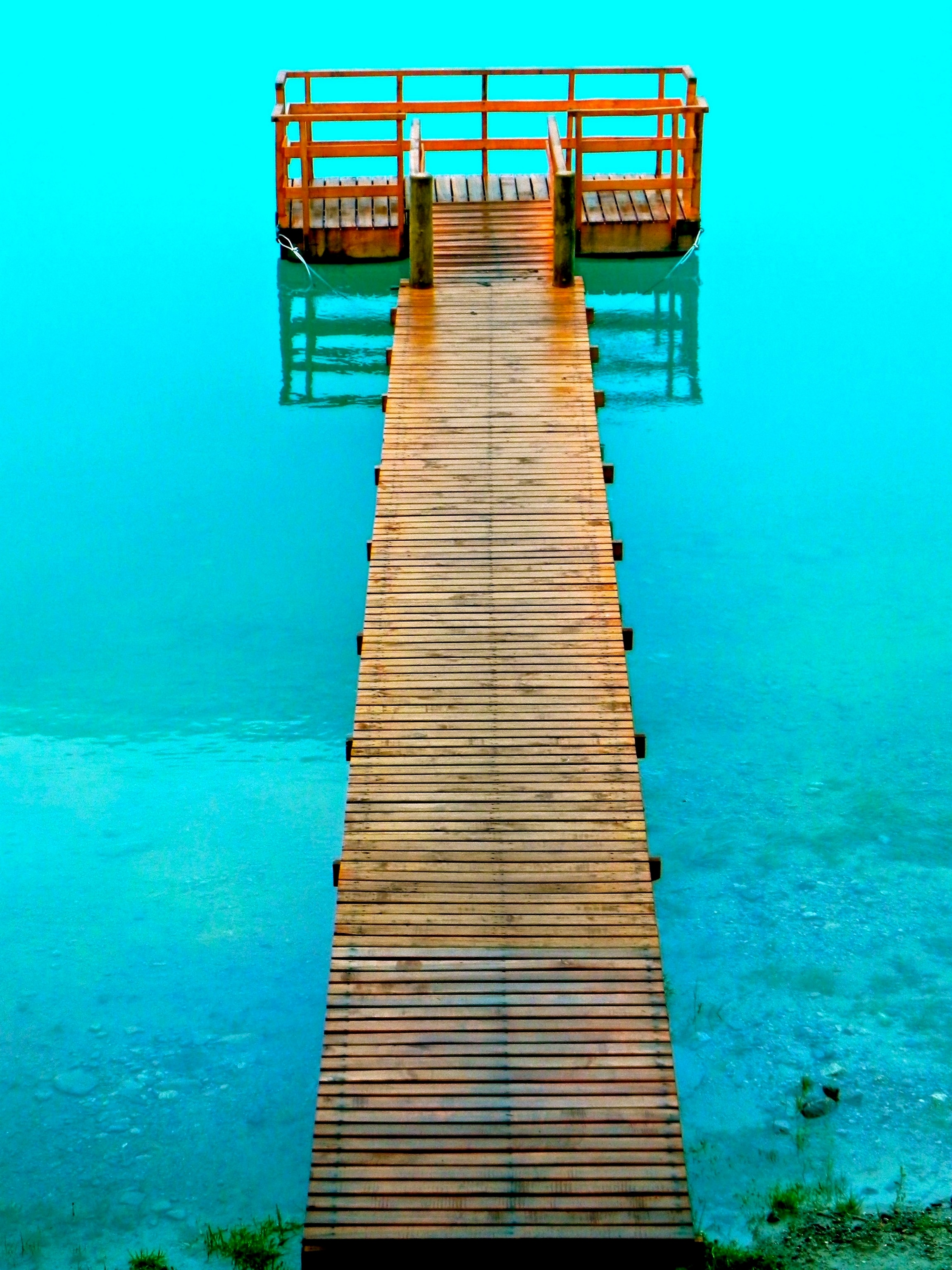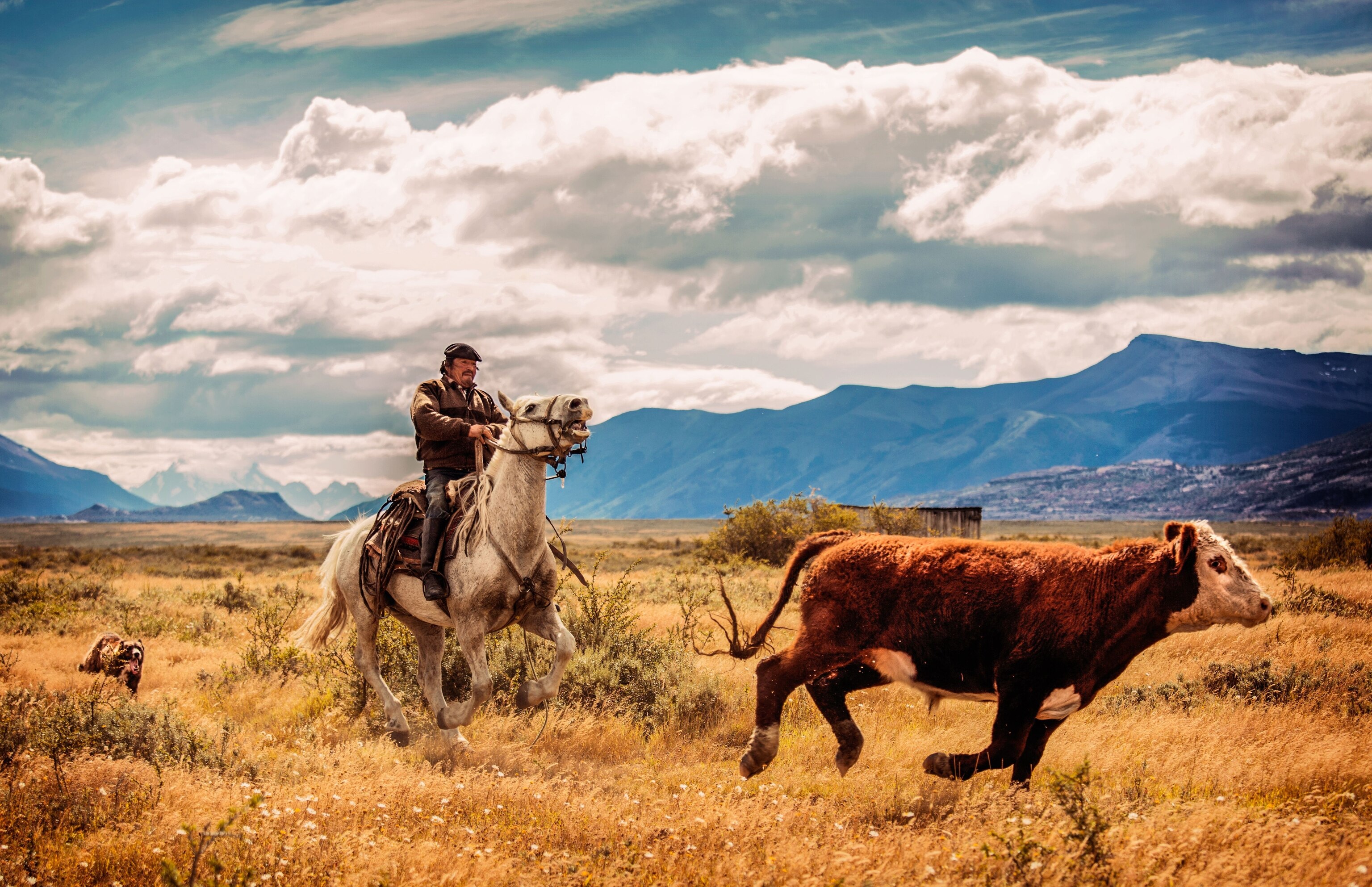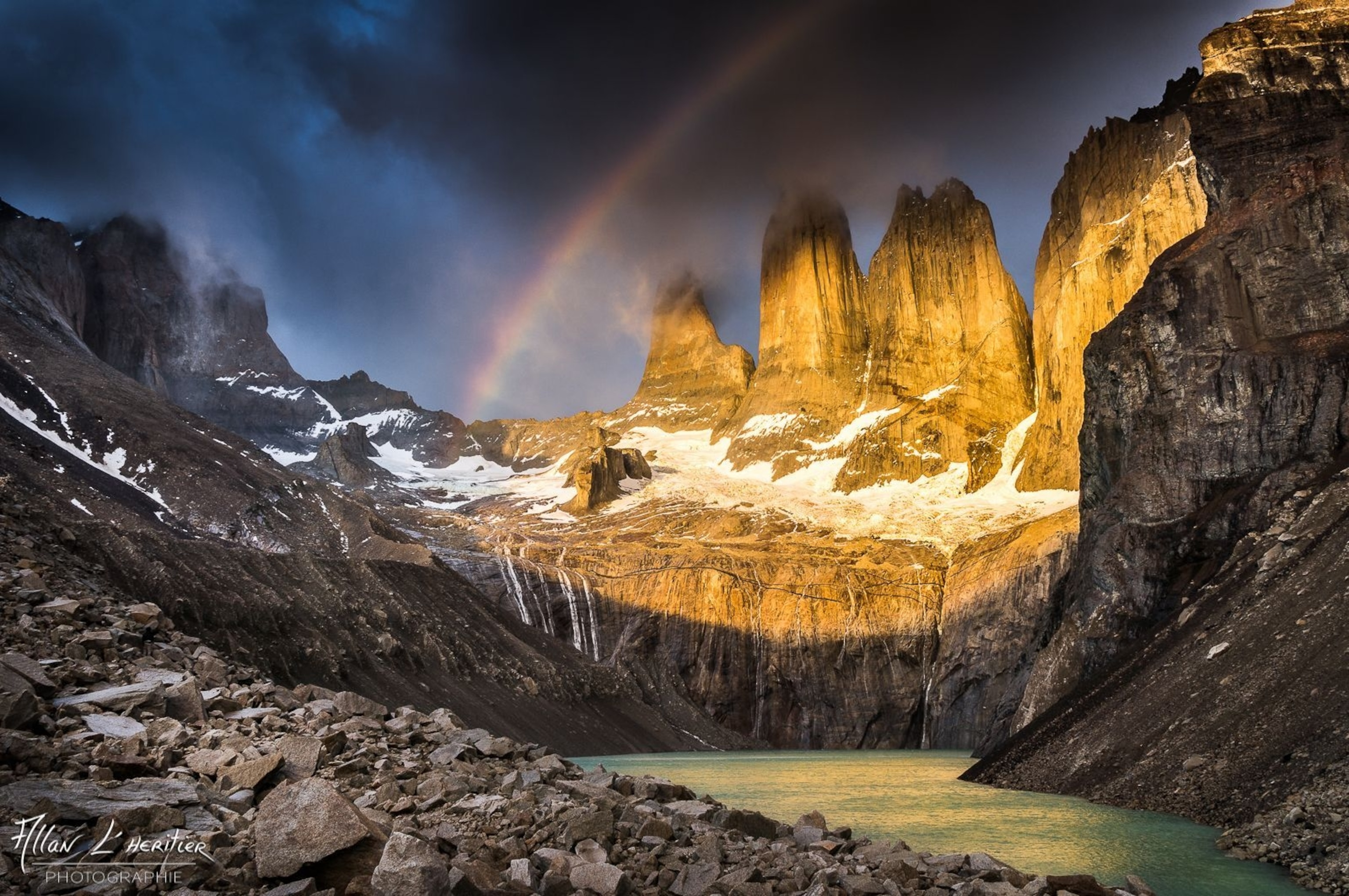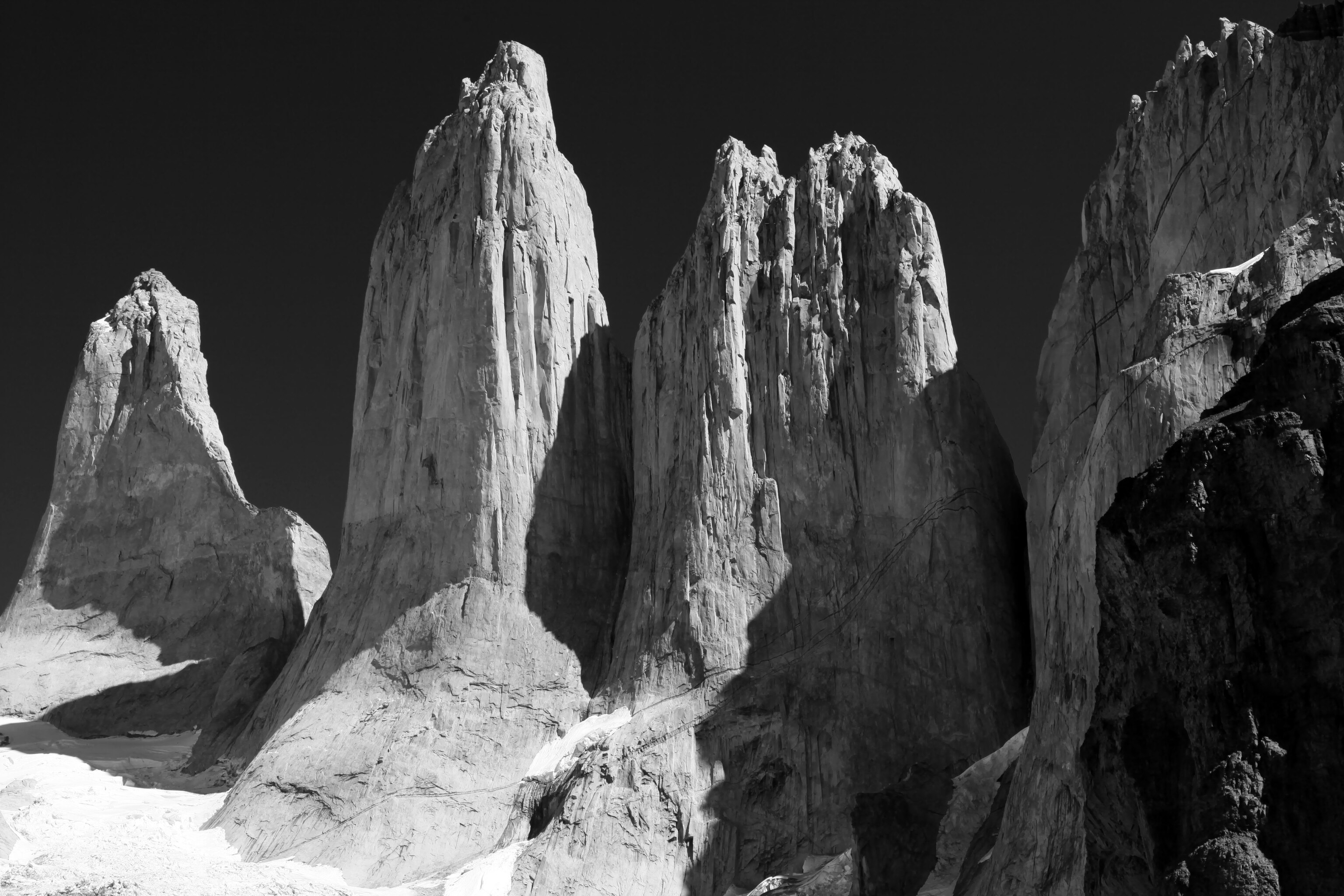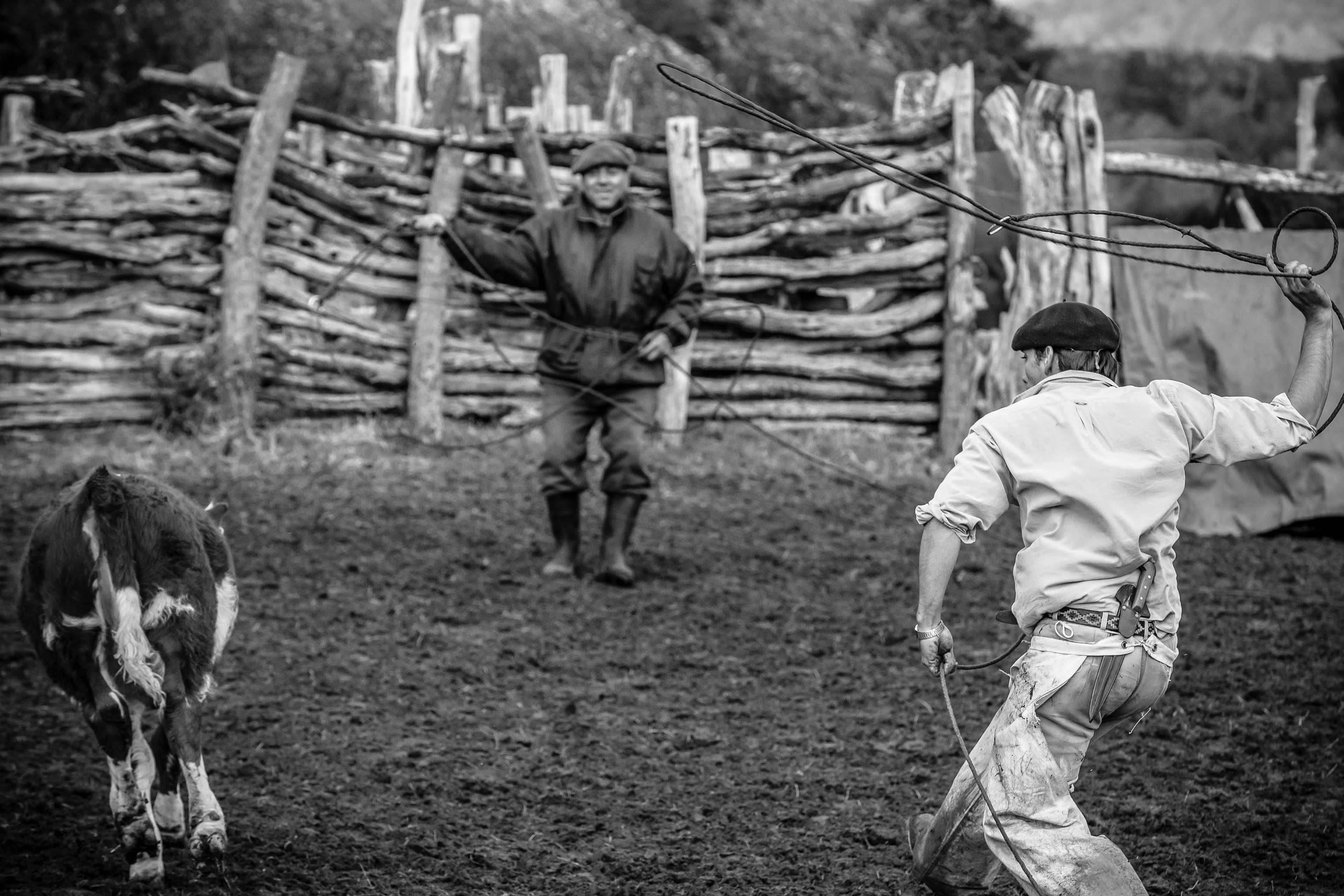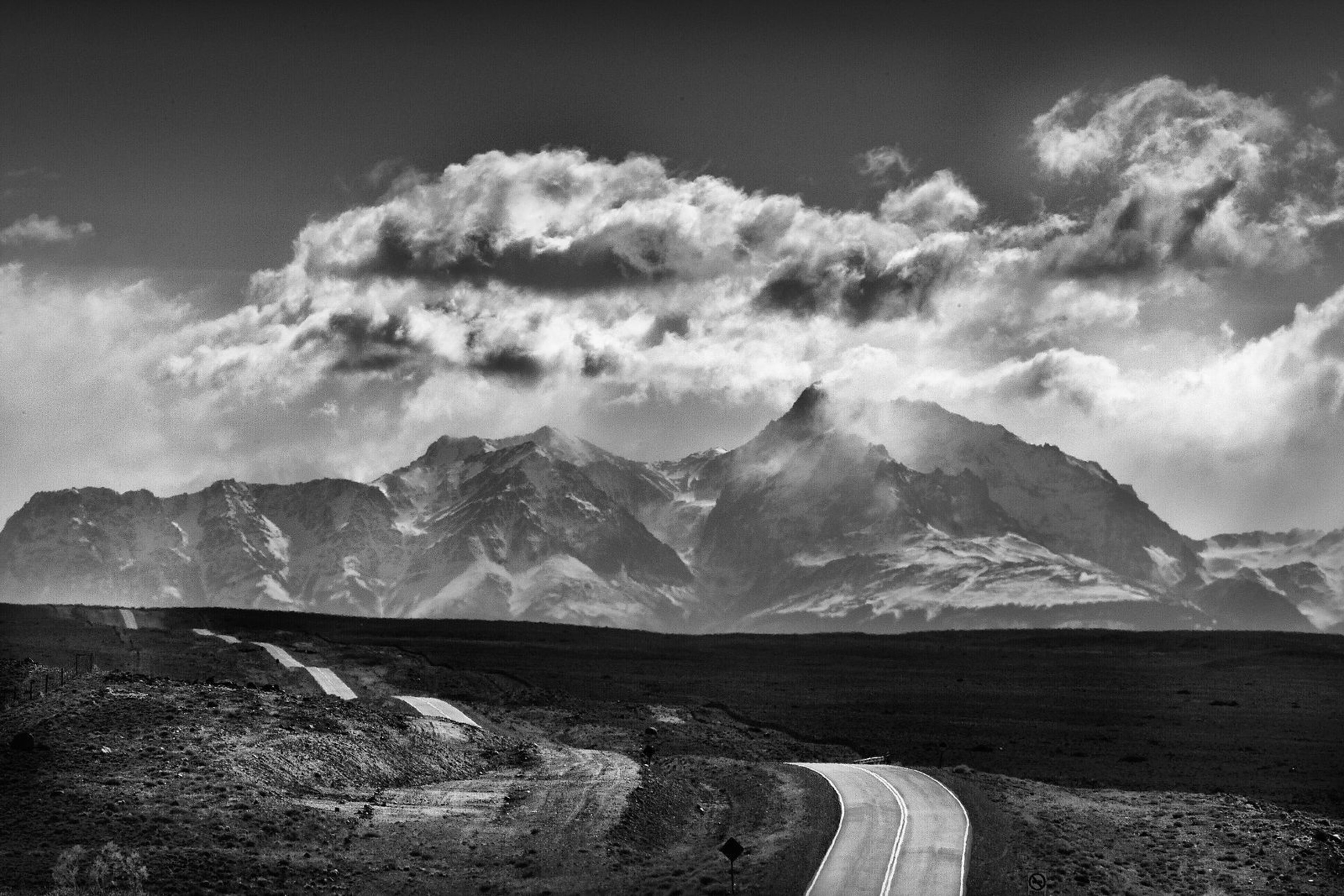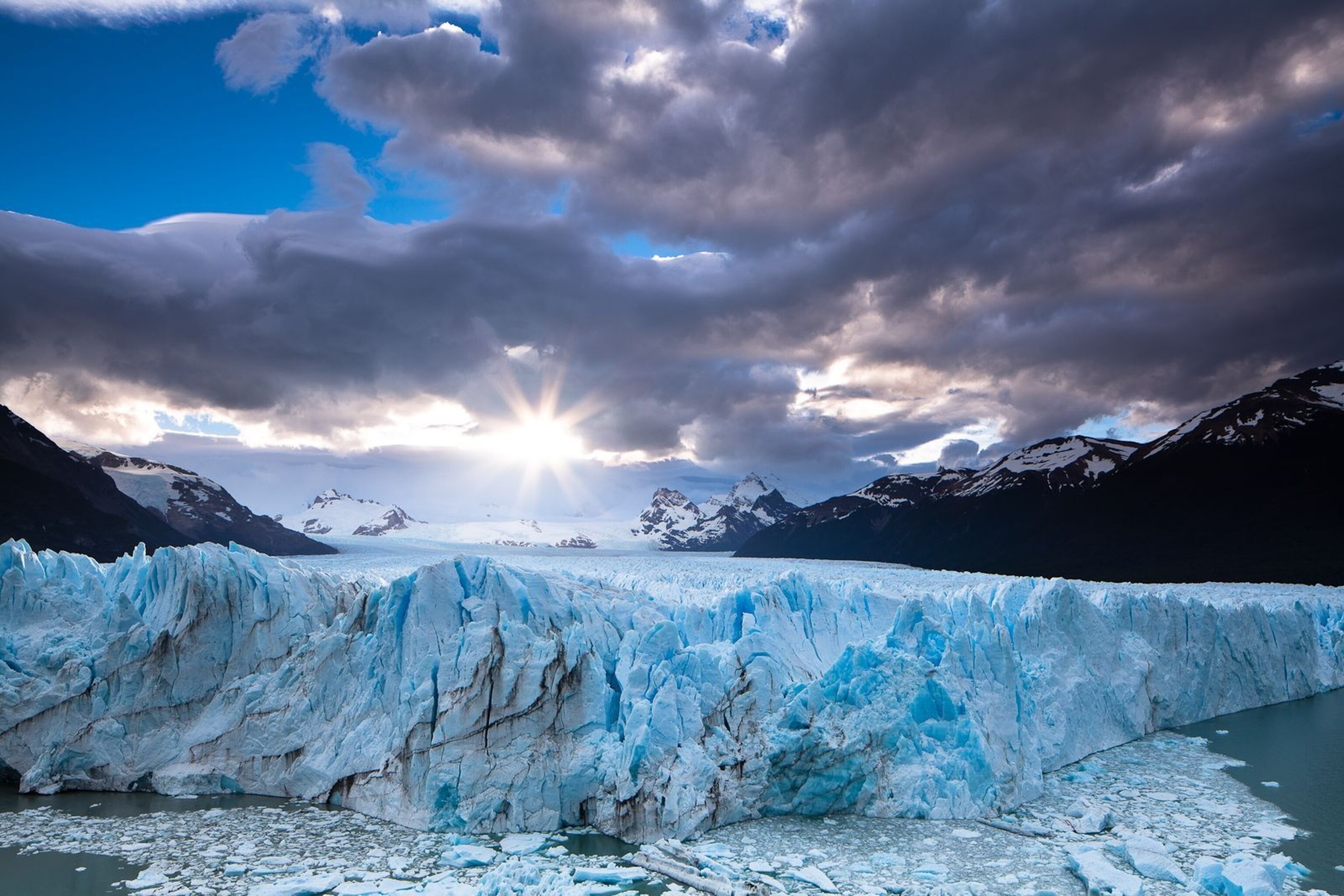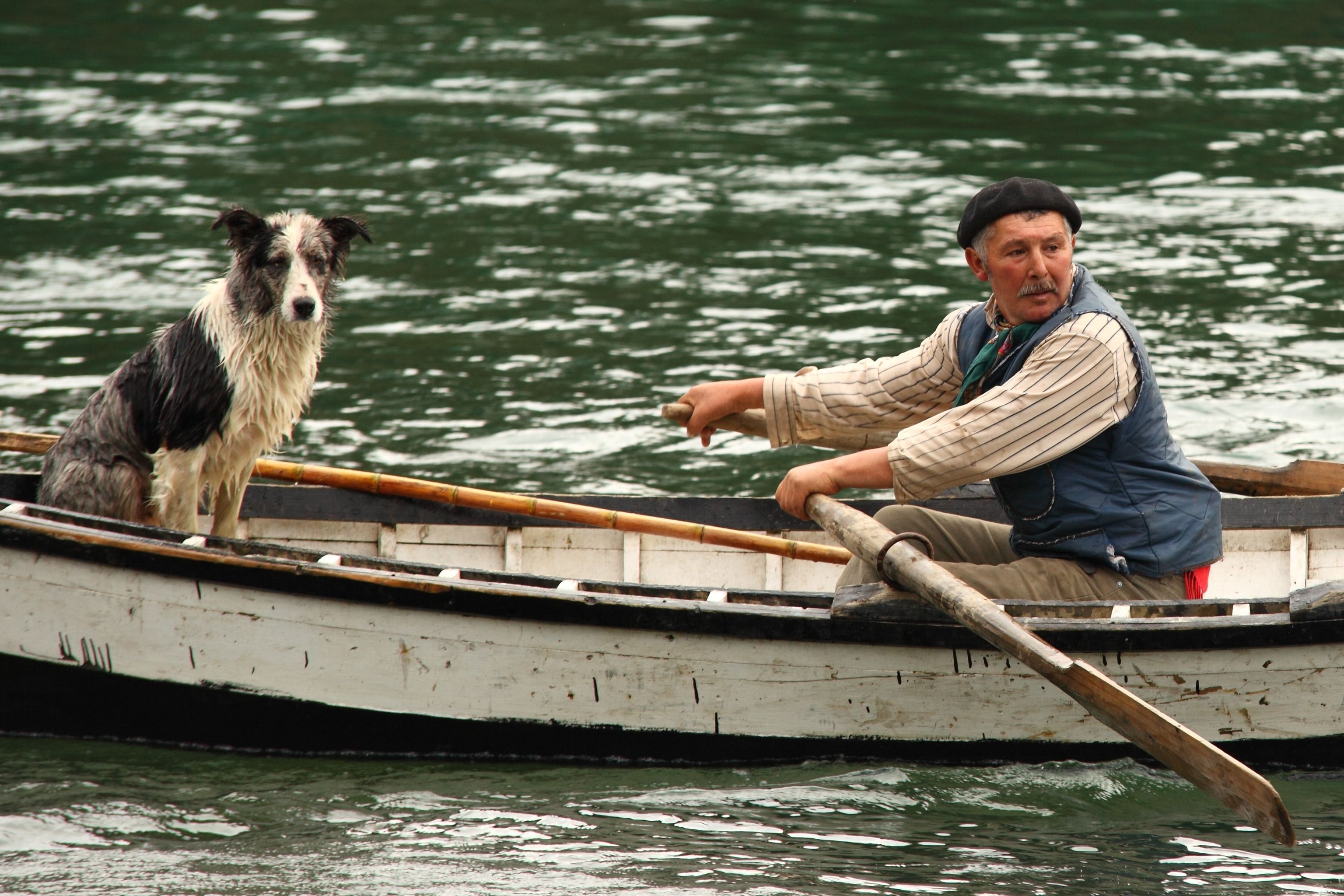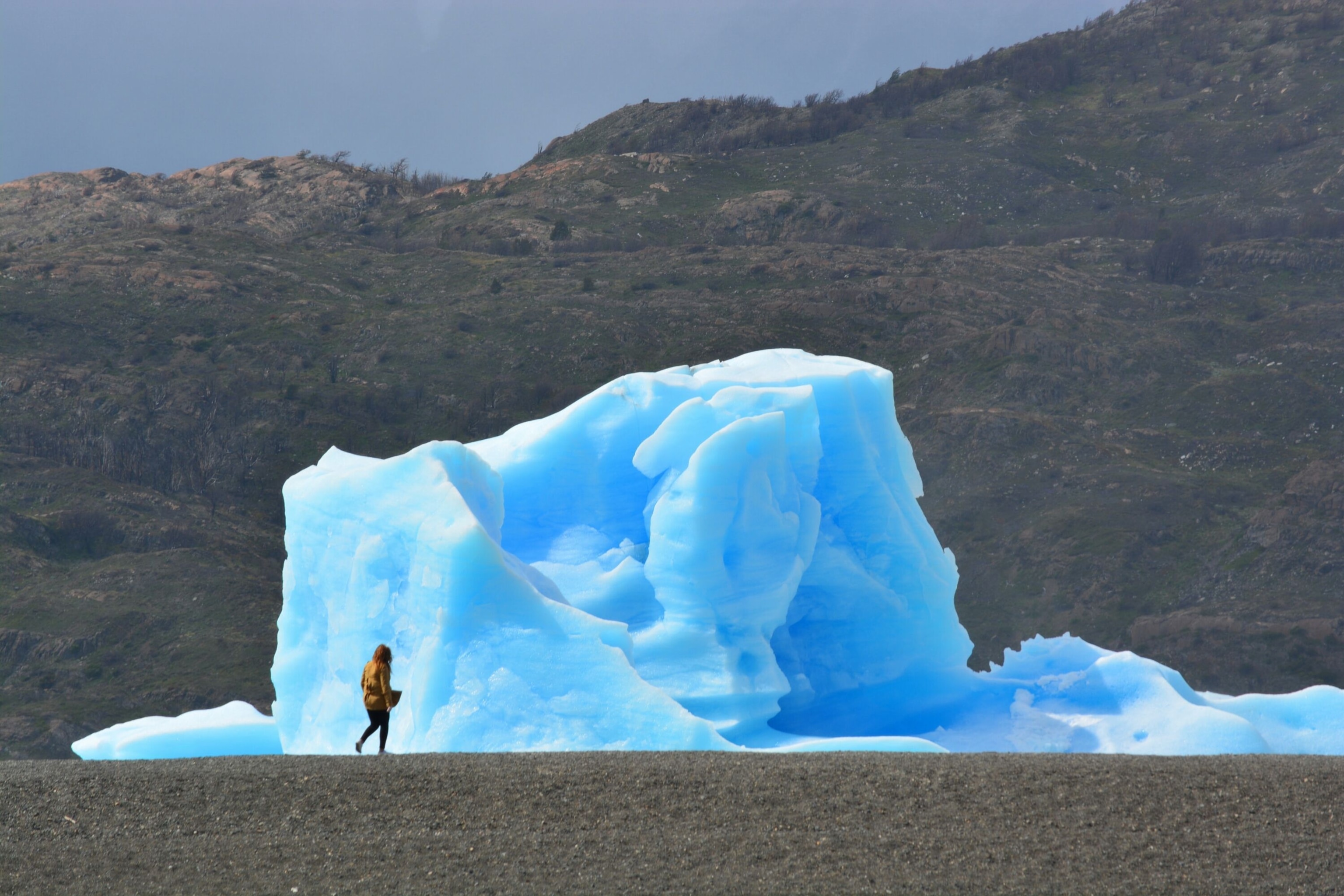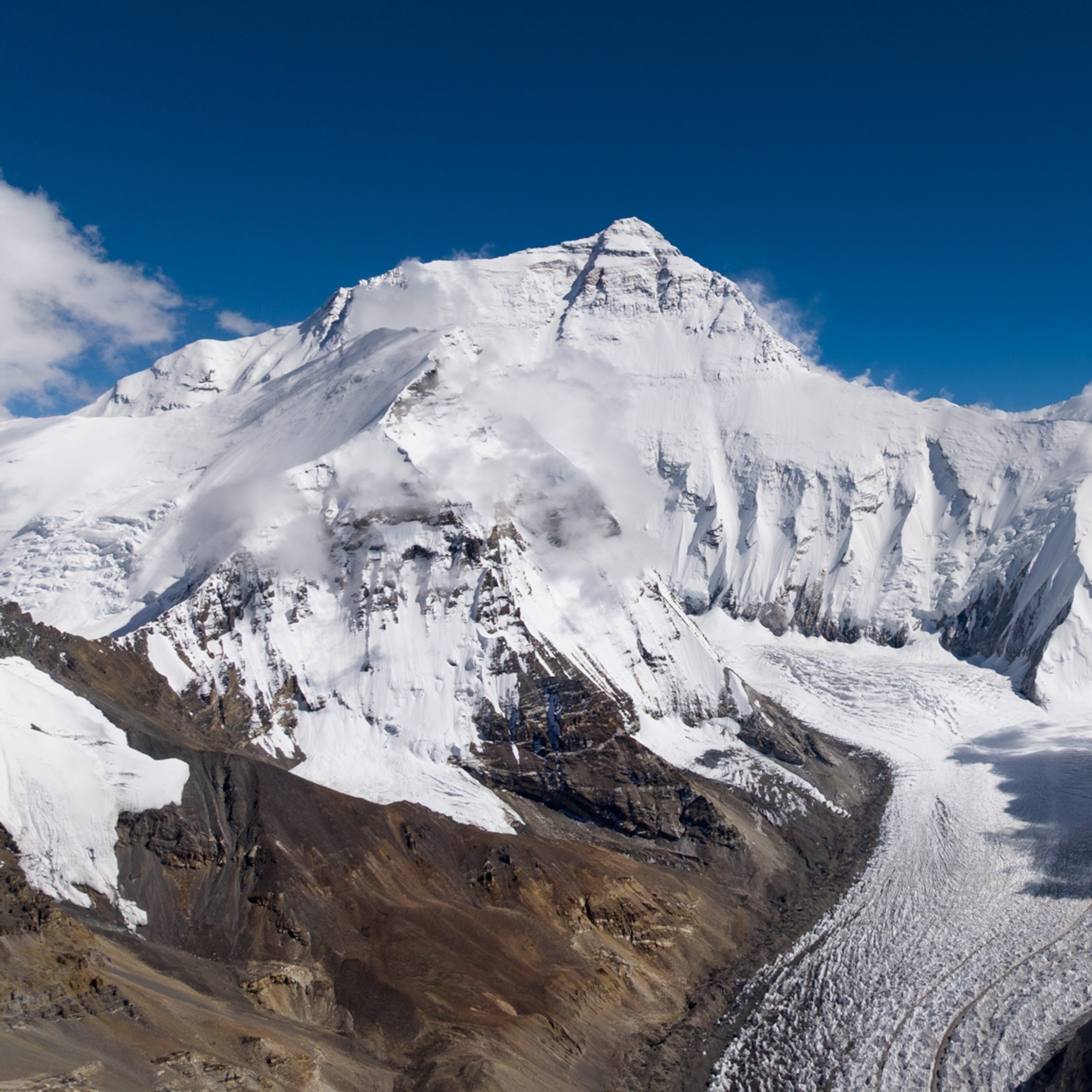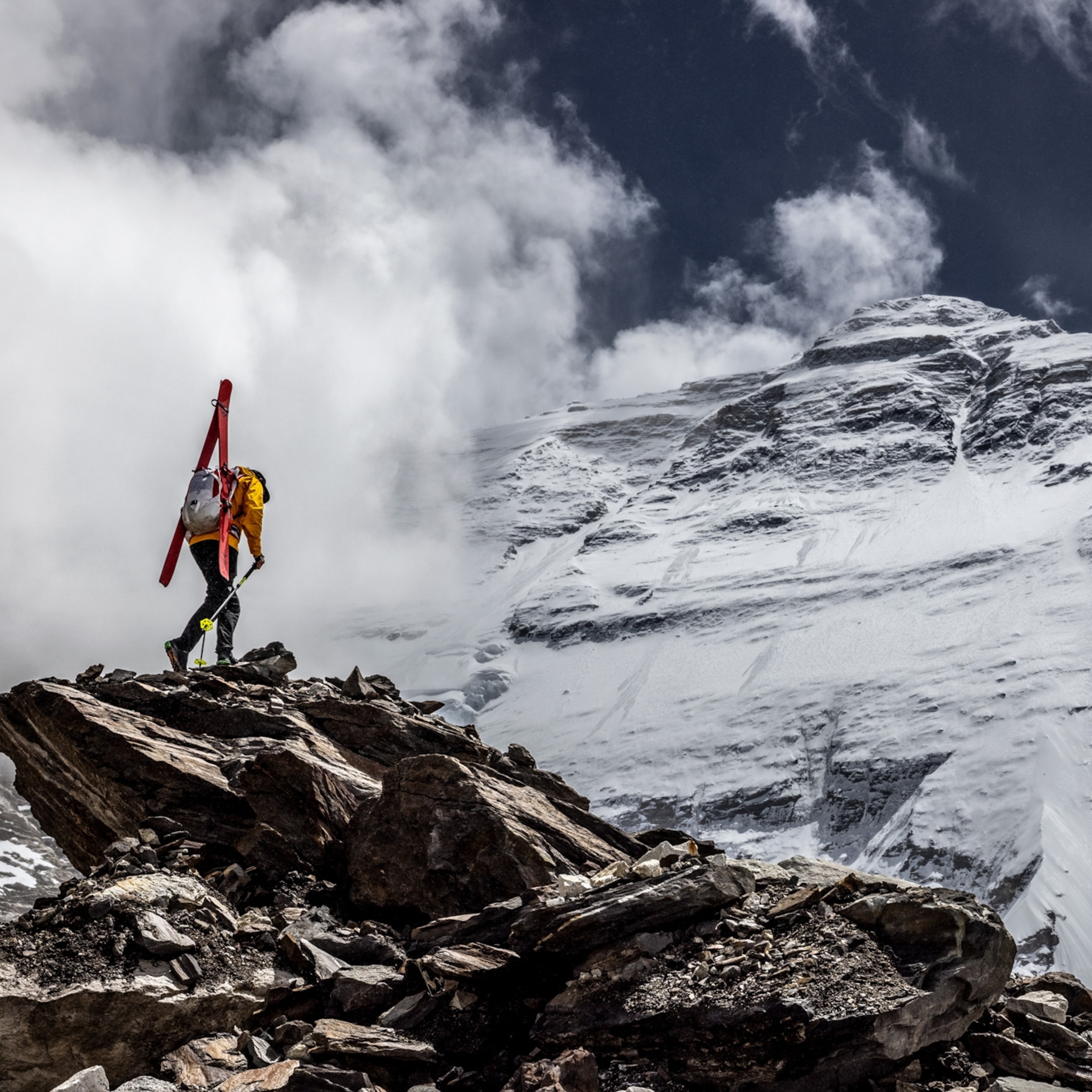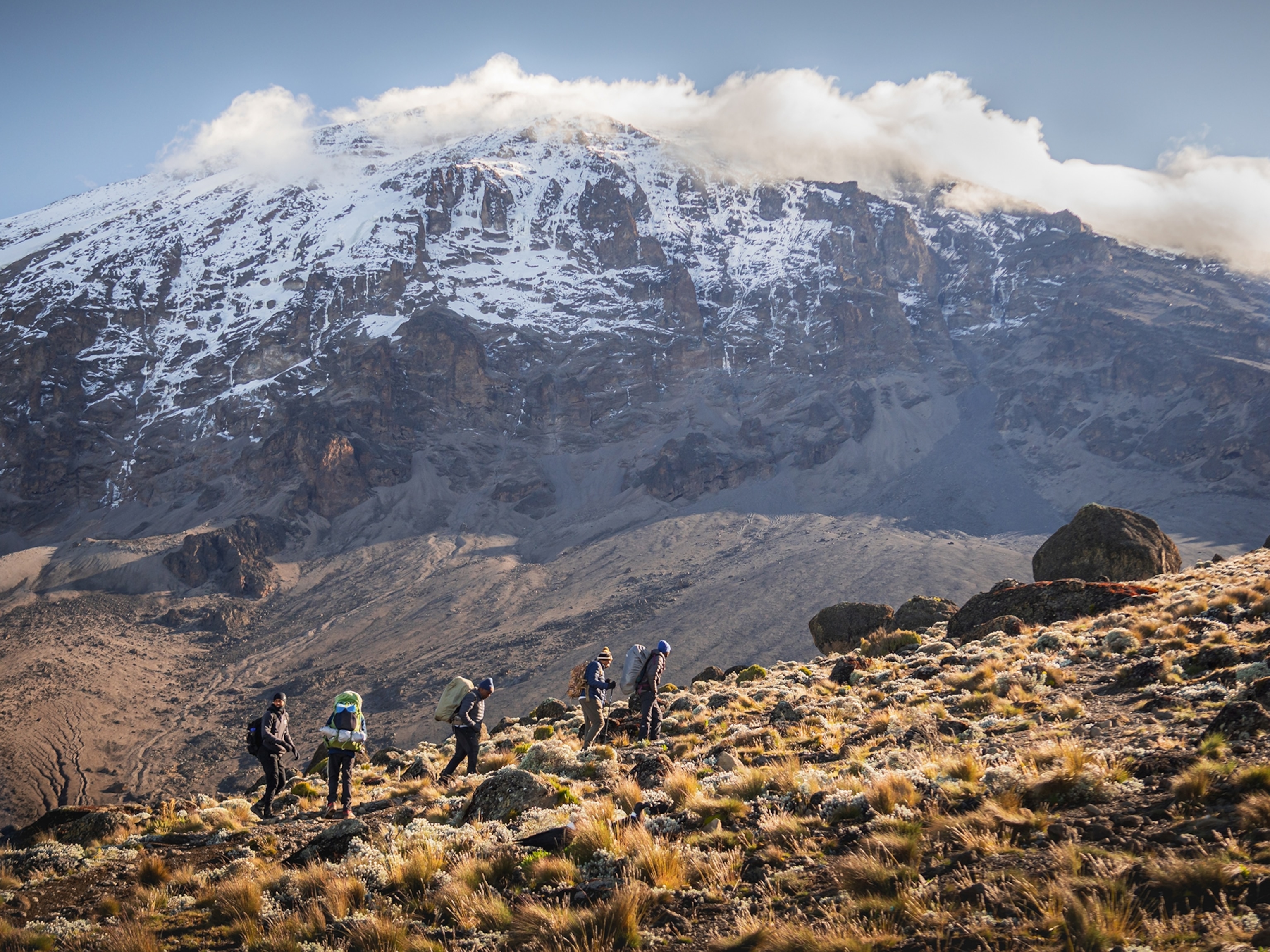
Amateur Trail Runner Makes History on South America's Highest Peak
Sunny Stroeer is the first woman to circumnavigate and summit Aconcagua in a single push.
The second tallest of the Seven Summits, Aconcagua sits deep in the Andes on the western edge of Argentina. At 22,841 feet, simply standing on top is a benchmark for high-altitude alpinists.
On February 3, 2018, trail runner Sunny Stroeer became the first woman to finish Aconcagua’s greatest endurance challenge: circumnavigating and summiting the peak in a single push. And she did it alone.
Only one other person has ever completed the route, called the “Full 360.” Experienced teams usually spend two weeks trekking the two arcing valleys and the steep climb. Stroeer, an amateur trail runner, trained for under a month. She completed the 64-mile loop in 47 hours and 30 minutes, tagging the door of her hotel a few minutes before sunrise.
“I had no idea what I was in for,” she said from Mendoza. “Park rangers waylaid me, somebody stole my water, and mudslides had taken out parts of the trail.” Along with finishing, she also aimed to inspire other female runners. She explained, “I just hope some women look at this and think: 'Wait a second, maybe I could do that. And faster!'”
We asked Stroeer how she pulled it off and what’s next.
What inspired you to try for this record?
I love mountains, altitude, and endurance. I figured why not put them together? The “Full 360” grabbed me as a challenge for feminism. Nicolas Miranda is the only man who’s managed it, and no women had attempted it.
How long had you worked on this project?
Not long. I arrived at Aconcagua in late December but wasn’t planning to attempt this route. I’d come to guide a group to the summit and then try a different speed record with Libby Sauter. She had to pull out of that mission on January 9, so I pivoted toward the “Full 360.”
My lifestyle is like training: I climb, guide, and spend time at altitude. I tagged the summit, spent a week at Camp II—18,300 feet—to acclimatize more, and I studied the trails so I could navigate alone at any hour.
What about your style made this possible?
I think endurance projects are less about speed and fitness than having confidence and a plan. I was ready to face any hurdle alone. Don’t have water on the upper mountain? Figure it out. Unstable mudslides destroyed the trail? Find a way across.
Did you tweak your strategy during practice?
I rebalanced three elements: which sections I felt comfortable navigating in the dark, when I’d need the mental boost sunrise gives me, and how I should cross rivers.
For example, crossing the Vacas river is usually safest in the early morning before nearby snow melts. But this season has been dry. I greeted sunrise [the first of the trek] at 19,200 feet near Camp III to ease the 3,700-foot summit push.
Had you talked strategy with Nicolas Miranda?
No, but local guides and porters advised me on the spider webs of trails. I also consulted Libby Sauter, who knows about long-distance projects on Aconcagua.
When did you know you were ready to attempt the route?
I didn’t. I had a few days left on my climbing permit, a weather window, and supply stashes at the two Aconcagua basecamps and Camp III.
While prepping in your hotel room that morning, what were your thoughts?

I was terrified and questioning why I’d attempt this insane project solo.
Any last words at the hotel door before starting the timer?
The manager was there. I think I just muttered “wish me luck” and then set off with my pack.
Ok, so what happened on the trail? How’d you keep moving?
I’m a believer in mantras. I kept repeating “No stress, just training” and “Even though every step feels hard, you’re probably moving at a good pace.”
What was the toughest section for you?
The summit push. When I arrived in Camp III at 19,300 feet, I’d been running for nearly 24 hours. I’d stashed a pot of clean ice there for melting drinkable water, but someone had stolen it.
I had 700 milliliters on me but wasn’t sure I could safely climb for another five to nine hours. When a local guide said he’d be going up that day, I decided to continue, though it meant severe dehydration.
- National Geographic Expeditions
I almost turned around six times above Camp III. At one point, I took a few steps down the mountain.
When did you figure you had it in the bag?
On the summit. From there it was just supposed to be a matter of getting down to basecamp, then an easy hike to the road and a final 11 kilometers to close the loop back to the hotel.
It sounds like you got into trouble…
In the final 30 kilometers, sections of trail had been destroyed by a half-dozen or so recent mudslides—big ones that could swallow you. Most had formed steep gullies with tall mud walls. I lost almost an hour walking their banks, searching for shallow spots where I could wade through the muck and boulders.
What did you think when you tagged the hotel door?
I was just relieved to be done moving. I stumbled to my room, took a shower, and ate a huge breakfast.
What’s next? Will you try and break your record?
Hell no! Right now, I’m prepping to attempt the fastest-known thru-hike of the Hayduke Trail. And in the long-term, I want to encourage more women to dream big and get out in the mountains.
I might try a solo mission to the South Pole, too.
